24/7 Helpline:
(866) 899-221924/7 Helpline:
(866) 899-2219
Learn more about PTSD Treatment centers in Brooklyn
PTSD Treatment in Other Cities

Other Insurance Options

United Health Care

MVP Healthcare

BlueShield

Ambetter

Self-pay options

Covered California

Lucent

Providence

Carleon

Ceridian

Optum

MHNNet Behavioral Health

American Behavioral

ComPsych

Multiplan

Private insurance
Beacon

Amerigroup

UMR

Premera




Ascendant Detox – NYC
Ascendant Detox – NYC is a non-profit rehab located in New York City, New York. Ascendant Detox – NY...

Tully Hill Treatment & Recovery
Tully Hill Treatment & Recovery is an accredited dual diagnosis substance use disorder rehab center ...

Long Island Center for Recovery – LICR
Long Island Center for Recovery (LICR) is an accredited substance abuse rehab in Hampton Bays, NY. O...

Long Island Treatment Center
Long Island Treatment Center (LITC) is an accredited dual-diagnosis addiction treatment rehab in Hic...

Mountainside Treatment Center – Chelsea
At Mountainside Treatment Center, they believe in an holistic approach to treatment, as well as an e...

Arms Acres – Outpatient
Arms Acre in Queens, NY is an accredited dual-diagnosis substance abuse treatment rehab for adults a...

Cornerstone
Cornerstone is an alcohol and drug addiction treatment facility located in Fresh Meadows and Queens,...

Urban Recovery
Urban Recovery is an accredited dual-diagnosis addiction treatment rehab located in Brooklyn, NY. By...

Odyssey House – Manor Adults
Odyssey House–Manor Adults, in New York, New York, is a 12 step focused drug and alcohol rehab provi...

St. Jude’s Treatment Center
Saint Joseph's Rehabilitation Center is a co-occurring mental health and substance abuse treatment c...

Suboxone Vivitrol B.E.S.T. Mental Health and Substance Abuse Treatment
Suboxone Vivitrol B.E.S.T. Mental Health and Substance Abuse Treatment is a rehab in Deer Park, NY f...

New Directions Recovery Center
New Directions Recovery Center is a private rehab located in Bronx, New York. New Directions Recover...

VERTEX Outpatient
VERTEX Outpatient is a private rehab located in Bronx, New York. VERTEX Outpatient specializes in th...

DYC – Dynamic Youth Community
Dynamic Youth Community (DYC) is a substance use disorder treatment facility located in Brooklyn, NY...

Addictions Care Center – Outpatient Rehab
Addictions Care Center – Outpatient Rehab is a private rehab located in Albany, New York. Addictions...

Outreach House I
Outreach House I is a co-occurring mental health and substance use disorder rehab center in Queens, ...

Bright Path Counseling Center – Outpatient
Bright Path Counseling Center – Outpatient is a private rehab located in North Syracuse, New York. B...

Guidance Center of Weschester
Guidance Center of Weschester is a private rehab located in Mount Vernon, New York. Guidance Center ...
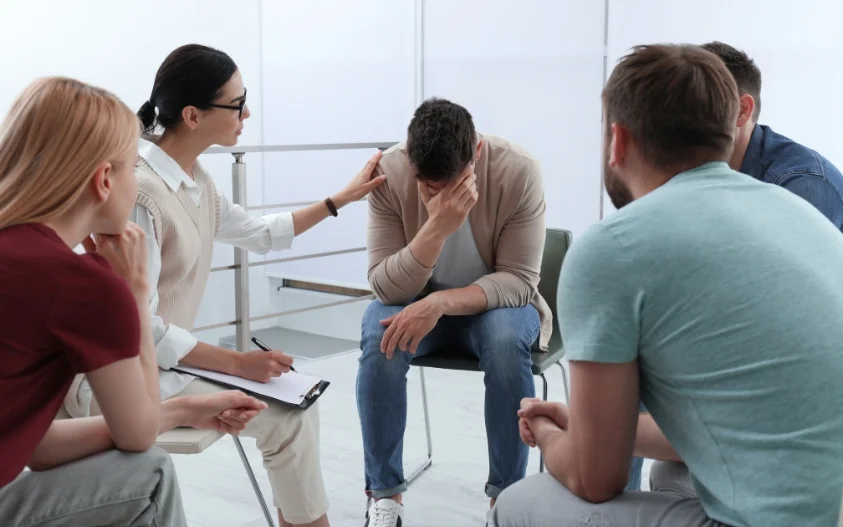
Creedmoor Psychiatric Center – Seaview Mannor
Creedmoor Psychiatric Center – Seaview Mannor is a public rehab located in Far Rockaway, New York. C...

Jewish Family Services – Day Treatment
Jewish Family Services – Day Treatment is a private rehab located in New York City, New York. Jewish...

ICL – Lewis Avenue
ICL – Lewis Avenue is a private rehab located in Brooklyn, New York. ICL – Lewis Avenue specializes ...

CVPH Medical Center – Behavioral Health
CVPH Medical Center – Behavioral Health is a private rehab located in Plattsburgh, New York. CVPH Me...

Samuel Field YM and YWHA
Samuel Field YM and YWHA is a private rehab located in Queens, New York. Samuel Field YM and YWHA sp...

Bailey LaSalle Recovery Center
Bailey LaSalle Recovery Center is a private rehab located in Buffalo, New York. Bailey LaSalle Recov...

Rockland Psychiatric Center – Treatment Program
Rockland Psychiatric Center – Treatment Program is a public rehab located in Peekskill, New York. Ro...

Greenwich House – Methadone Maintenance Treatment Program
Greenwich House is a private rehab located in New York, NY. Greenwich House specializes in the treat...

St. Joseph’s Addiction Treatment & Recovery Centers
St. Joseph’s Addiction Treatment & Recovery Centers in Saranac Lake, NY is a dual diagnosis substanc...

BASICS Esperanza
BASICS Esperanza is a private rehab located in Bronx, New York. BASICS Esperanza specializes in the ...

START Treatment and Recovery Centers – Fort Greene
START Treatment and Recovery Centers - Fort Greene is located in Brooklyn, New York. START Treatment...

Hazelden Betty Ford Foundation – Tribeca
Hazelden Betty Ford's NYC is an accredited drug and alcohol addiction treatment center based in New ...

BryLin Behavioral Health Center
BryLin Behavioral Health Center is a private rehab located in Buffalo, NY. Brylin Behavioral Health ...

Samaritan Daytop Village
Samaritan Daytop Village- Huntington offers programs that provide treatment for substance use, menta...

Saint Peter’s Addiction Recovery Center – South Manning Boulevard
Saint Peter's Addiction Recovery Center - South Manning Boulevard offers inpatient services for indi...

Twin County Recovery Services – Red Door Community Residence
The Red Door Community Residence is a non-profit rehab located in Hudson, NY. TThe Red Door Communit...
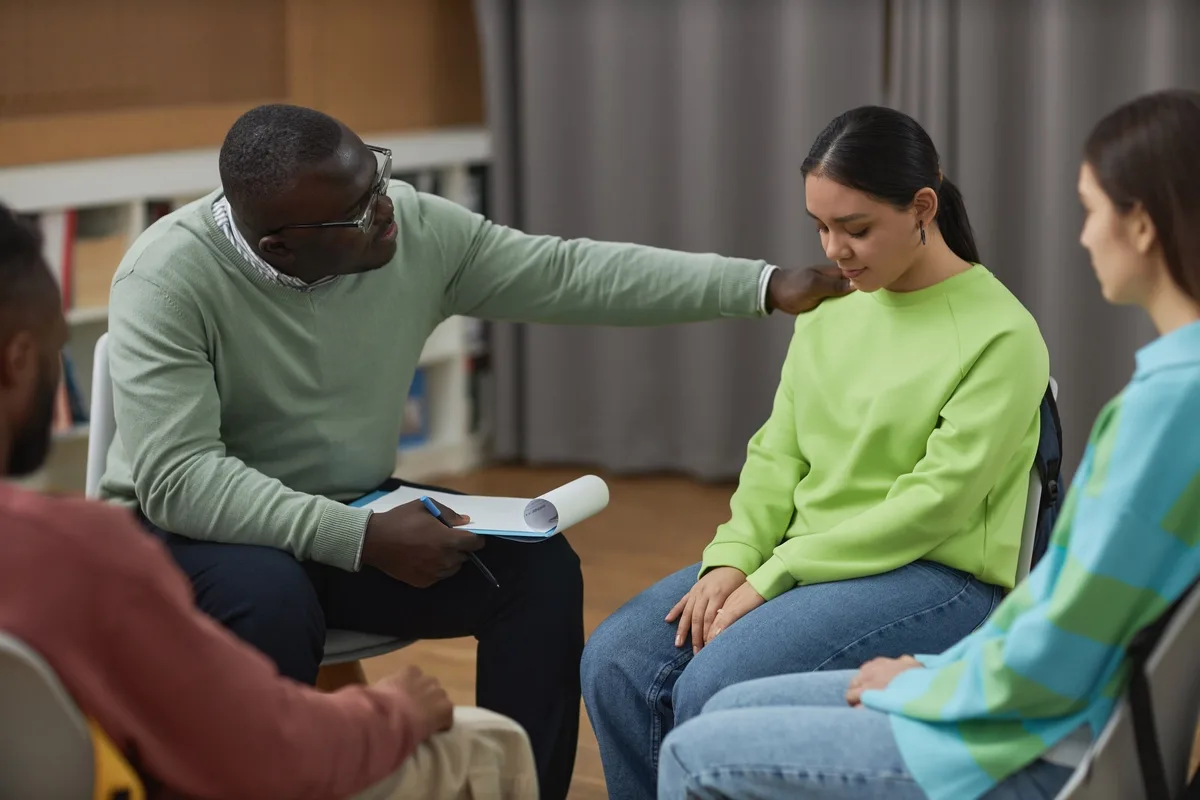
Tompkins County Mental Health Services
Tompkins County Mental Health Services is a public rehab located in Ithaca, New York. Tompkins Count...

ComuniLife – VIDA Guidance
ComuniLife – VIDA Guidance is a private rehab located in Bronx, New York. ComuniLife – VIDA Guidance...

Acacia Network – UBP La Casita III
Acacia Network – UBP La Casita III is a drug and alcohol rehab located in the Bronx, NY. They provid...

Saint Vincents Mental Health Services
Saint Vincents Mental Health Services is a private rehab located in Brooklyn, New York. Saint Vincen...

Monte Nido – River Towns
Monte Nido – River Towns is a private rehab located in Irvington, New York. Monte Nido – River Towns...

The PAC Program of the Bronx Outpatient
The PAC Program of the Bronx Outpatient offers alcohol and drug rehab treatment and mental health tr...

Endeavor Health Services – Broadway
Endeavor Health Services - Broadway offers mental health and alcohol and drug rehab services to indi...

Liberty Resources – Brownell Center
Liberty Resources – Brownell Center is a private rehab located in Syracuse, New York. Liberty Resour...

New York Psychiatric Institute
New York Psychiatric Institute is a public rehab located in New York City, New York. New York Psychi...

Phase Piggy Back Striver House
Phase Piggy Back Striver House is a non-profit rehab located in New York City, New York. Phase Piggy...

Step One
Step One is a private rehab located in Ellenville, New York. Step One specializes in the treatment o...

Dick Van Dyke Addiction Treatment Center
Dick Van Dyke Addiction Treatment Center offers inpatient treatment for individuals with alcohol and...

Project Hospitality – Outpatient
Project Hospitality - Outpatient is a program that provides treatment for individuals in need of dru...

Phoenix House
Phoenix House - Veterans Highway offers inpatient treatment for individuals with alcohol and/or subs...

Catskill Regional Medical Center – Behavioral Health
Catskill Regional Medical Center – Behavioral Health is a private rehab located in Harris, New York....

DYC – Dynamic Youth Community
Dynamic Youth Community (DYC) is dedicated to helping teens and young adults, ages 16-25, who are de...

Brighton Chemical Dependency Clinic
Brighton Chemical Dependency Clinic - Winton Road South offers outpatient services for individuals w...

Saint Barnabas Hospital – Inpatient Detox
Saint Barnabas Hospital (SBH) is committed to providing comprehensive addiction medicine services to...

Family and Childrens Society – Family Mental Health
Family and Childrens Society – Family Mental Health is a private rehab located in Binghamton, New Yo...

South Beach Psychiatric Center
South Beach Psychiatric Center, located in Staten Island, New York, offers behavioral health care an...

Cody House
Cody House offers inpatient treatment for individuals with alcohol and/or substance addiction. The p...
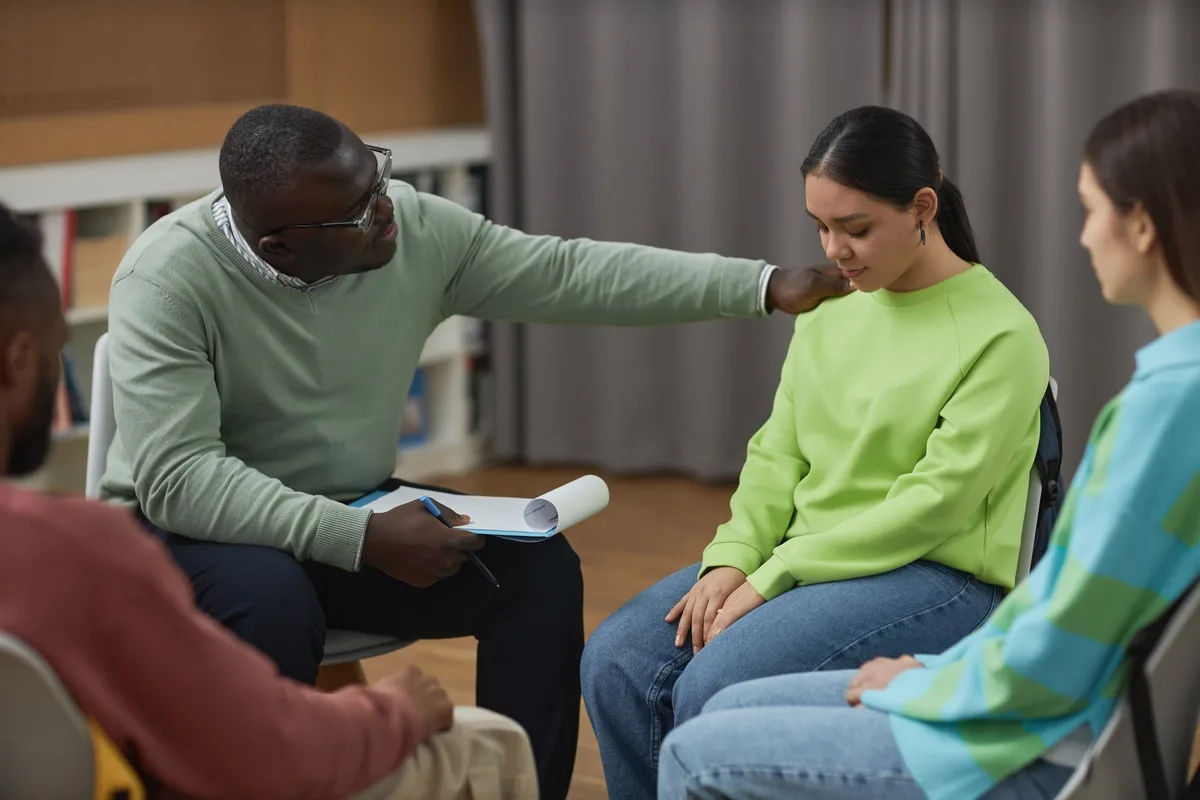
Claxton Hepburn Medical Center – Mental Health
Claxton Hepburn Medical Center - Mental Health, located in Ogdensburg, New York offers alcohol and d...

Horizon Health Services – Pine Avenue Recovery Center
Horizon Health Services - Pine Avenue Recovery Center is a private rehab located in Niagara Falls, N...

Madonna House Residential Rehabilitation
Madonna House offers inpatient treatment for individuals with alcohol and/or substance addiction. Th...

Samaritan Village Drug Free Residential Unit
Located in Queens, New York, Samaritan Village Drug Free Residential Unit Offers alcohol and drug re...

Halfway Houses of Westchester – Hawthorne House
Halfway Houses of Westchester – Hawthorne House is a private rehab located in White Plains, New York...

Phoenix House – Academy of Long Island
Phoenix House - Academy of Long Island offers inpatient treatment where young men can recover while ...

Finger Lakes Area Counseling and Recovery Agency
Finger Lakes Area Counseling and Recovery Agency is a private, non-profit agency serving individuals...

Auburn Community Hospital – Behavioral Health Services
Auburn Community Hospital – Behavioral Health Services is a private rehab located in Auburn, New Yor...

Chemical Dependency Outpatient Program
Chemical Dependency Outpatient Program is a private rehab located in Queens, New York. Chemical Depe...
Beacon Center – Outpatient Chemical Dependency
Beacon Center – Outpatient Chemical Dependency is a private rehab located in Niagara Falls, New York...

Outreach Community Center
Outreach Community Center is a non-profit rehab located in Rochester, New York. Outreach Community C...

Creedmoor Psychiatric Center – Wavecrest
Creedmoor Psychiatric Center – Wavecrest is a public rehab located in Queens, New York. Creedmoor Ps...

Center for Recovery Chemical Cependency – Outpatient
Center for Recovery Chemical Cependency – Outpatient is a private rehab located in Glens Falls, New ...

Greenhope Services for Women
Greenhope Services for Women is a private rehab located in New York City, New York. Greenhope Servic...

Vida Family Services – Outpatient Treatment
Vida Family Services – Outpatient Treatment is a private rehab located in New York City, New York. V...

Back To Life Residents
Back To Life Residents is a private rehab located in Brooklyn, New York. Back To Life Residents spec...

August Aichhorn Center – Adolescent Residential Care
August Aichhorn Center – Adolescent Residential Care is a private rehab located in New York City, Ne...

Conifer Park – Outpatient
Conifer Park – Outpatient is a private rehab located in Glens Falls, New York. Conifer Park – Outpat...

STAR Program – Outpatient
STAR Program – Outpatient is a private rehab located in Franklin Square, New York. STAR Program – Ou...

Lake Shore Behavioral Health
Lake Shore Behavioral Health is a private rehab located in North Collins, New York. Lake Shore Behav...

New Horizon Counseling – Ozone Park Clinic
New Horizon Counseling – Ozone Park Clinic is a private rehab located in Queens, New York. New Horiz...

University Hospital of SUNY – Outpatient Psychiatric
University Hospital of SUNY – Outpatient Psychiatric is a public rehab located in Syracuse, New York...

Citizen Advocates – Behavioral Health Clinic
Citizen Advocates - Behavioral Health Clinic is a private rehab located in Massena, New York. Citize...

Bridge Back to Life Center – Downtown
Bridge Back to Life Center - Downtown is located in Brooklyn, New York. Bridge Back to Life Center -...

Odyssey House Outpatient Services
Odyssey House NYC, a recognized name in the realm of addiction recovery, provides a structured Outpa...

Finger Lakes Area Counseling and Recovery Agency
Finger Lakes Area Counseling and Recovery Agency is a private, non-profit agency serving individuals...

VIP Community Services – Outpatient
VIP Community Services stands as a CARF-accredited addiction treatment center located in Bronx, NY. ...

Samaritan Daytop Village – Drug Free Outpatient
Samaritan Daytop Village – Drug Free Outpatient is a private rehab located in Queens, New York. Sama...

Ransomville Recovery and Treatment Center
Ransomville Recovery and Treatment Center is a public rehab located in Ransomville, New York. Ransom...
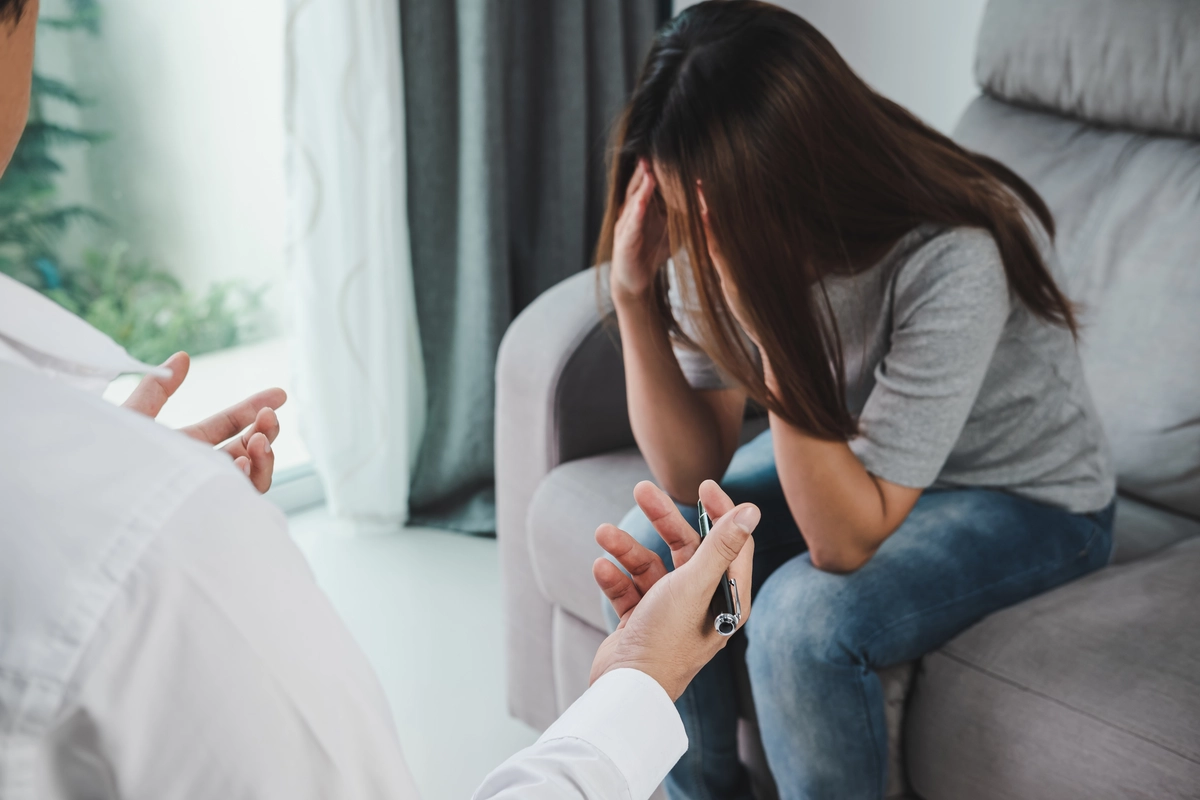
Spectrum Health and Human Services – Southtowns Counseling Center
Spectrum Health and Human Services - Southtowns Counseling Center, located in West Seneca, New York,...

Council on alcohol and Substance Abuse
Council on alcohol and Substance Abuse is a private rehab located in Geneseo, New York. Council on a...

Postgraduate Center for Mental Health
Postgraduate Center for Mental Health is a private rehab located in Bronx, New York. Postgraduate Ce...

Karen Horney Clinic
Karen Horney Clinic is a private rehab located in New York City, New York. Karen Horney Clinic speci...

North Crown Heights Family Outpatient
North Crown Heights Family Outpatient is a private rehab located in Brooklyn, New York. North Crown ...

The Center for Counseling
The Center for Counseling is a private rehab located in Bronx, New York. The Center for Counseling s...

Kingsboro Psychiatric – Mental Health
Kingsboro Psychiatric – Mental Health is a public rehab located in Brooklyn, New York. Kingsboro Psy...

South Beach Psychiatric Center – 18th Avenue
South Beach Psychiatric Center - 18th Avenue offers outpatient support for individuals with substanc...

Samaritan Daytop Village IR – Drug Free Program
Samaritan Daytop Village IR – Drug Free Program is a private rehab located in Jamaica, New York. Sam...

Finger Lakes Area Counseling and Recovery Agency
Finger Lakes Area Counseling and Recovery Agency (FLACRA) is a private, non-profit agency serving in...

Pivot – Alcohol Substance Abuse Council of Jefferson County
Pivot – Alcohol Substance Abuse Council of Jefferson County is a private rehab located in Watertown,...

Staten Island University Hospital – Outpatient
Staten Island University Hospital – Outpatient is a private rehab located in Brooklyn, New York. Sta...

Acacia Network – UBP La Casita I
Acacia Network - UBP La Casita I provides residential substance abuse and opioid dependence treatmen...

Greater Binghamton Health Center – Psychiatric
Greater Binghamton Health Center – Psychiatric is a public rehab located in Binghamton, New York. Gr...

Maxwell House – Next Step Supportive Living
Maxwell House – Next Step Supportive Living is a private rehab located in Oneida, New York. Maxwell ...

South Nassau Communities Hospital – Mental Health
South Nassau Communities Hospital – Mental Health is a private rehab located in Baldwin, New York. S...

Hudson Valley Mental Health
Hudson Valley Mental Health is a private rehab located in New Paltz, New York. Hudson Valley Mental ...

Rockland Psychiatric Center
Rockland Psychiatric Center is a public rehab located in Brewster, New York. Rockland Psychiatric Ce...

Ellis Hospital Psychiatry – Inpatient
Ellis Hospital Psychiatry – Inpatient is a private rehab located in Schenectady, New York. Ellis Hos...

Rockland Psychiatric Center
Rockland Psychiatric Center is a public rehab located in White Plains, New York. Rockland Psychiatri...

Family Counseling Services
Family Counseling Services is a private rehab located in Cortland, New York. Family Counseling Servi...

Community Access East Village
Community Access East Village is a non - profit rehab located in New York, NY. Community Access East...

Alternatives Counseling Center
Alternatives Counseling Center is a private rehab located in Southampton, New York. Alternatives Cou...

EPIC Mental Health Long Island – Outpatient
EPIC Mental Health Long Island – Outpatient is a private rehab located in East Meadow, New York. EPI...

Addicts Rehabilitation Center – Madison Avenue
Addicts Rehabilitation Center - Madison Avenue provides an inpatient program offering a drug free en...

St. Joseph’s Addiction Treatment & Recovery Centers
St. Joseph's Addiction Treatment & Recovery Centers offers outpatient treatment for individuals with...

Institute for Family Counseling – Harlem
Institute for Family Counseling – Harlem is a private rehab located in New York City, New York. Inst...

Step One
Step One - 300 Grant Avenue is a private rehab located in Lake Katrine, NY. Step One - 300 Grant Ave...

Maimonides Medical Center – Behavioral Health
Maimonides Medical Center is a behavioral health facility located in Brooklyn, NY. The behavioral he...

SPARC – St. Peter’s Addiction Recovery Center
St. Peter's Addiction Recovery (SPAR) Rotterdam is a private outpatient alcohol drug and recovery tr...

Rome Memorial Hospital – Senior Behavioral Health Unit
Rome Memorial Hospital – Senior Behavioral Health Unit is a private rehab located in Rome, New York....

Professional Counseling Services
Professional Counseling Services, located in Camillus, New York, offers alcohol and drug rehab servi...

Lower Eastside Service Center – Gouverneur Slip East
Lower Eastside Service Center – Gouverneur Slip East is a drug and alcohol rehab center in New York,...

MARC – Florence Manor
MARC - Florence Manor is an OASAS-licensed community residence for women in recovery of substance ab...
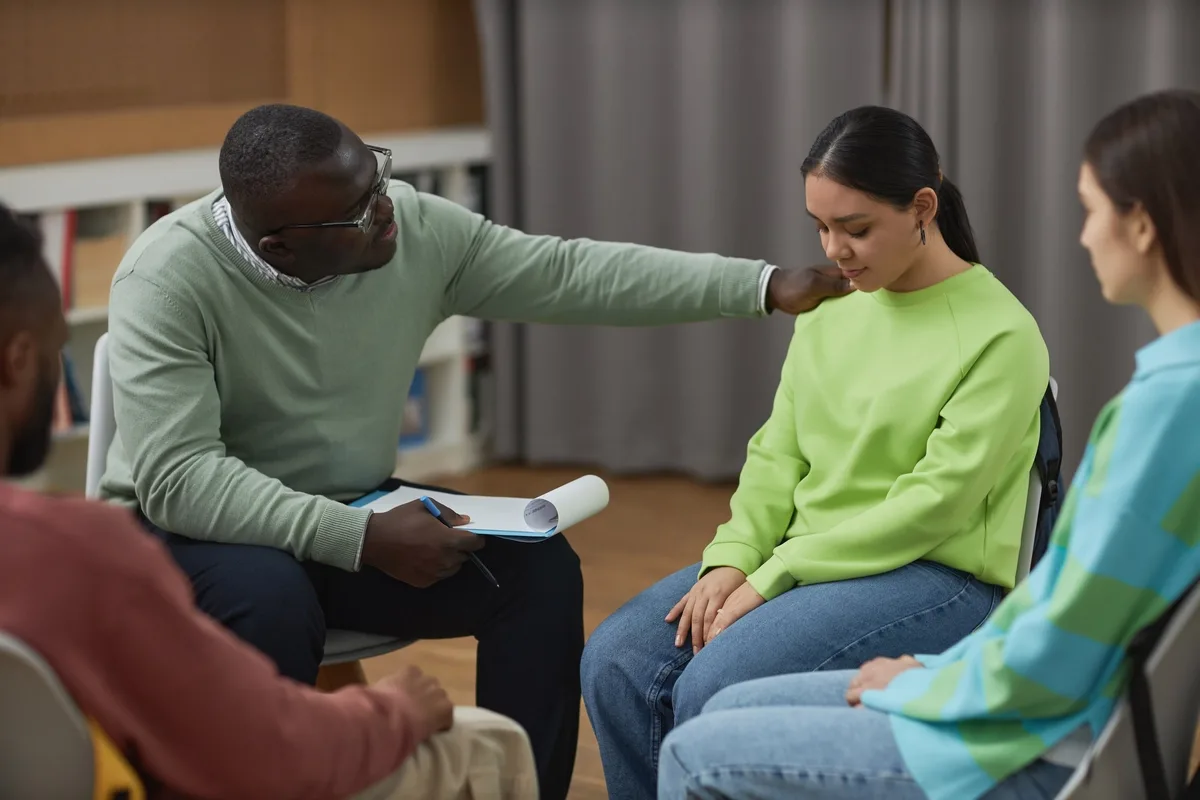
Acacia Network – El Regreso Men’s
Acacia Network – El Regreso Men’s is a 54 bed residential rehab facility in Brooklyn, NY that offers...

Phoenix House – Edward D. Miller Center
Phoenix House – Edward D. Miller Center is a private rehab located in Ronkonkoma, New York. Phoenix ...

Hispanic Counseling Center
Hispanic Counseling Center is a private rehab located in Hempstead, NY. Hispanic Counseling Center s...

Champlain Valley Family Center – Outpatient
Champlain Valley Family Center – Outpatient is a private rehab located in Plattsburgh, New York. Cha...

Lake Shore Behavioral Health – Lower West Side Counseling
Lake Shore Behavioral Health – Lower West Side Counseling is a private rehab located in Buffalo, New...

Acacia Network – Franklin House
Acacia Network - Franklin House, located in Bronx, New York, offers alcohol and drug rehab programs ...

Restorative Management Outpatient 1
Restorative Management - Outpatient is a private rehab located in Middletown, NY. Restorative Manage...

Finger Lakes Area Counseling and Recovery Agency – Otte Hall
Finger Lakes Area Counseling and Recovery Agency - Otte Hall is a private, non-profit agency serving...

Metropolitan Center for Mental Health – Saint Nicholas Avenue
Metropolitan Center for Mental Health is a non-profit outpatient mental health clinic Licensed by th...

Saint Josephs Mental Health Clinic
Saint Josephs Mental Health Clinic is a private rehab located in Yonkers, New York. Saint Josephs Me...

Lower Eastside Service Center – East Broadway
The Lower Eastside Service Center is a not-for-profit organization providing a complete range of opi...

Glens Falls Hospital Alcohol Outpatient
Glens Falls Hospital Alcohol Outpatient is a non-profit rehab located in Glens Falls, New York. Glen...

Mercy Medical Center – Behavioral Health
Mercy Medical Center – Behavioral Health is a private rehab located in Rockville Centre, New York. M...

Arms Acres – Outpatient
Arms Acres – Outpatient is a private rehab located in Carmel, New York. Arms Acres – Outpatient spec...

Coalition for Hispanic Family Services – Enlazos Familiares
The Coalition for Hispanic Family Services provides services to Latino children and families and oth...

Suffolk County Community Mental Hygiene
Suffolk County Community Mental Hygiene is a public rehab located in Farmingville, New York. Suffolk...

Samaritan Daytop Village IR – Young Mothers – Infants – Toddlers
Samaritan Daytop Village IR – Young Mothers – Infants – Toddlers is a non-profit rehab located in Ne...

Samaritan Daytop Village – Admission and Assessment Unit
Samaritan Daytop Village - Admission and Assessment Unit is a non-profit rehab located in Jamaica, N...

Albany Medical Center – Psychiatry Outpatient
Albany Medical Center – Psychiatry Outpatient is a private rehab located in Albany, New York. Albany...

The Resource Center – Counseling & Psychiatric
The Resource Center - Counseling & Psychiatric is dedicated to provide behavioral health services to...

Saint Mary’s Healthcare – Addiction Services
Saint Mary’s Healthcare – Addiction Services is a private rehab located in Gloversville, New York. S...

Hutchings Psychiatric Center – Madison
Hutchings Psychiatric Center – Madison is a public rehab located in Syracuse, New York. Hutchings Ps...
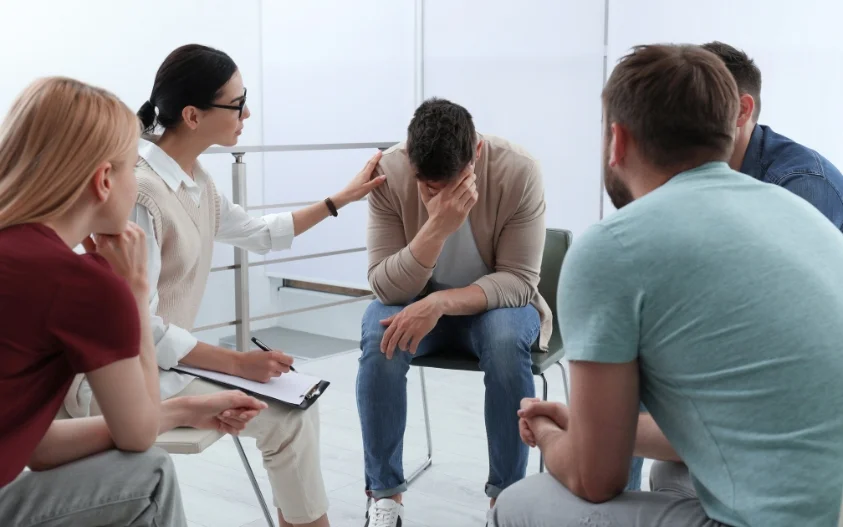
Whitney Young Jr Health Center – Methadone Treatment
Located in Albany, New York, Whitney Young Jr. Health Center offers behavioral health services and d...
Beacon Center
Beacon Center - South Main Street offers outpatient treatment for individuals with alcohol and/or su...

Interborough Counseling Center
Interborough Counseling Center is a private rehab located in Brooklyn, New York. Interborough Counse...

Hospitality House – Therapeutic Community
Hospitality House - Therapeutic Community offers outpatient and inpatient treatment for individuals ...

Metropolitan Center for Mental Health – 86th Street
Metropolitan Center for Mental Health is a non-profit outpatient mental health clinic Licensed by th...

Open Arms – Women’s Recovery House
Open Arms - Women's Recovery House offers inpatient treatment for individuals with alcohol and/or su...

Monsignor Carr Institute – Outpatient
Monsignor Carr Institute – Outpatient is a private rehab located in Buffalo, New York. Monsignor Car...

Cazenovia Recovery Systems – Unity House
Cazenovia Recovery Systems - Unity House is located in Buffalo, New York. Cazenovia Recovery Systems...

Phoenix House
Phoenix House - Lake Shore Road offers inpatient treatment for individuals with alcohol and/or subst...

St. Joseph’s Addiction Treatment & Recovery Centers
St. Joseph's Addiction Treatment & Recovery Centers offers outpatient treatment for individuals with...

New Choices Recovery Center – Bridge Center
New Choices Recovery Center - Bridge Center is a non-profit rehab located in Schenectady, NY. New Ch...

Open Arms – Men’s Recovery House
Open Arms - Men's Recovery House offers inpatient treatment for individuals with alcohol and/or subs...

Council on Addiction Recovery Services
Council on Addiction Recovery Services is dedicated to provide services for those individuals strugg...

Camelot – Male Residential
Camelot–Male Residential, in Staten Island, New York, is a comprehensive drug and alcohol rehab for ...

Center for Rapid Recovery
Center for Rapid Recovery offers outpatient and inpatient treatment for individuals with substance a...
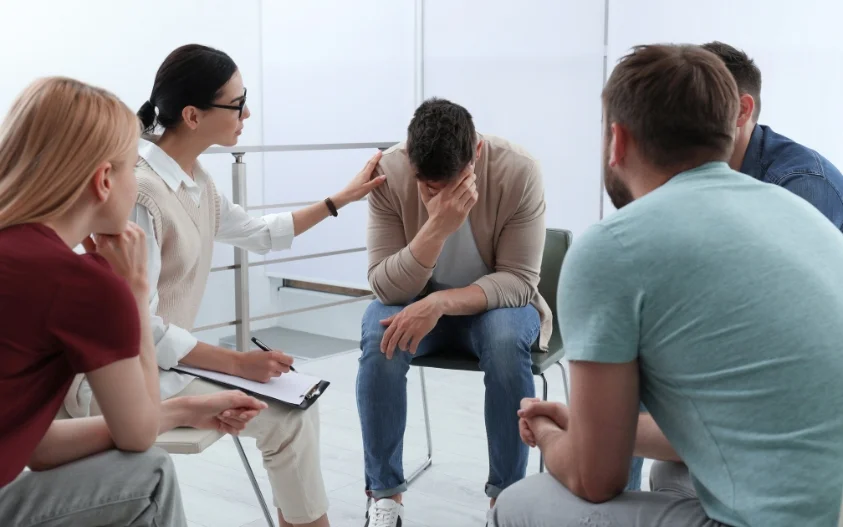
Outreach – Outpatient Services
Outreach - Outpatient Services is a non-profit organization offering an outpatient treatment program...

Niagara County Mental Health – Outpatient
Niagara County Mental Health is a reputable drug and alcohol rehab center in Niagara Falls, NY for i...

Charles Post Addiction Center – Inpatient
Charles Post Addiction Center - Inpatient is a public rehab located in Brentwood, NY. Charles Post A...

MARC – Bolger House
MARC - Bolger House is an OASAS-licensed community residence for men struggligh with chemical depend...
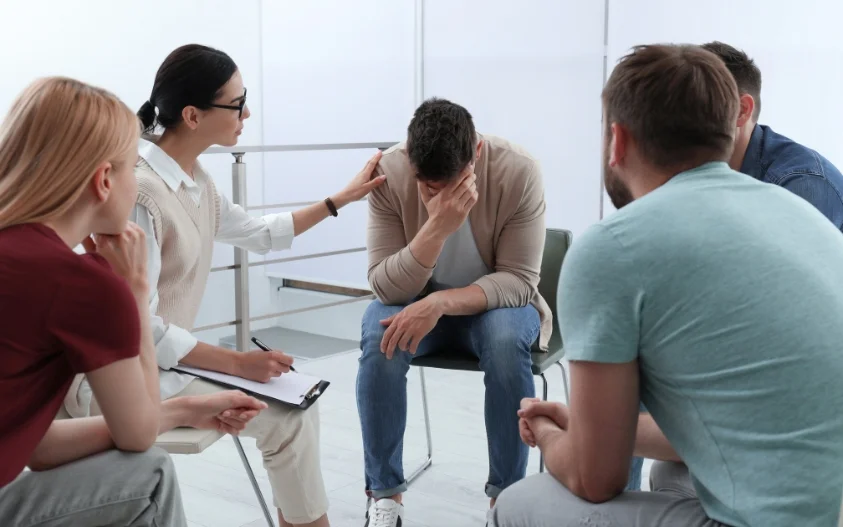
Forensic Alcoholism Outpatient
Forensic Alcoholism Outpatient is a private rehab located in Syracuse, New York. Forensic Alcoholism...

Community Counseling Services
Community Counseling Services offers outpatient treatment for individuals with alcohol and/or substa...

Rensselaer County Mental Health department
Rensselaer County Mental Health department is a public rehab located in Troy, New York. Rensselaer C...
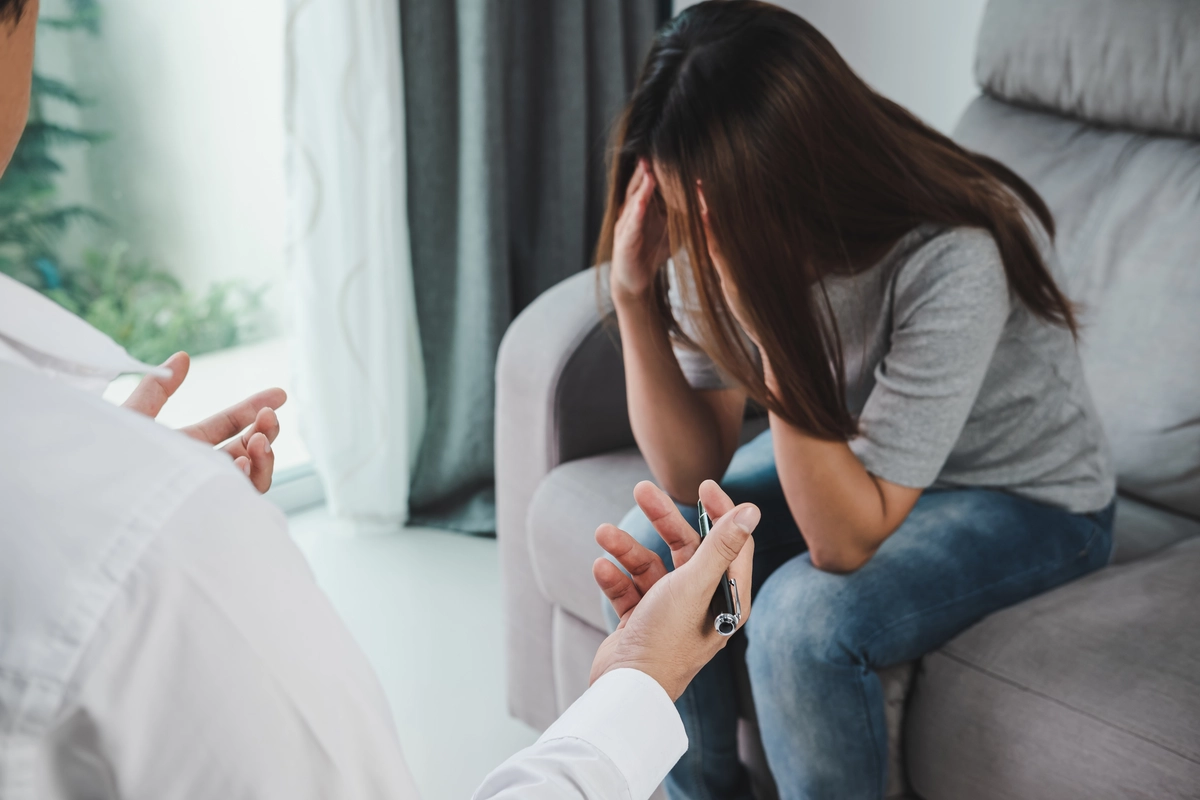
Kids Escaping Drugs
Kids Escaping Drugs is a dual-diagnosis addiction treatment center in Buffalo, NY for children and a...

The Child Center of New York
The Child Center of New York is a private rehab located in Queens, New York. The Child Center of New...

John Mather Memorial Hospital – Mental Health
John Mather Memorial Hospital – Mental Health is a private rehab located in Port Jefferson, New York...

Northpointe Council – Outpatient Clinic
Northpointe Council - Outpatient Clinic is located in Lockport, New York. Northpointe Council - Outp...

Lake Shore Behavioral Health
Lake Shore Behavioral Health is a private rehab located in Buffalo, New York. Lake Shore Behavioral ...

Seneca County Community Counseling Center
Seneca County Community Counseling Center is a public rehab located in Waterloo, New York. Seneca Co...

Samaritan Village – Residential
Samaritan Village is an accredited organization located in Queens, NY that is committed to serving i...

The Mental Health Association of Westchester
The Mental Health Association of Westchester is a private rehab located in Tarrytown, New York. The ...

Brookhaven Memorial Hospital – Outpatient
Brookhaven Memorial Hospital - Outpatient provides mental health and substance abuse treatment for a...

The Jewish Board – The Seymour Askin Counseling Center
The Jewish Board - The Seymour Askin Counseling Center offers recovery-oriented and rehabilitation s...

Orange County Mental Health – Outpatient
Orange County Mental Health – Outpatient is a public rehab located in Port Jervis, New York. Orange ...

Guidance Center of Westchester – North Avenue
Guidance Center of Westchester - North Avenue provides comprehensive mental health services for chil...

Hope House – Hubbard Centers
Hope House - Hubbard Centers is a client-centered, clinically intensive, residential communities pro...

Hamilton Madison House – Asian American Behavioral Health
Hamilton Madison House - Asian American Behavioral Health, located in New York City, New York, offer...

Maryhaven Center of Hope – New Hope
Maryhaven Center of Hope provides a continuum of care for individuals throughout their life's journe...
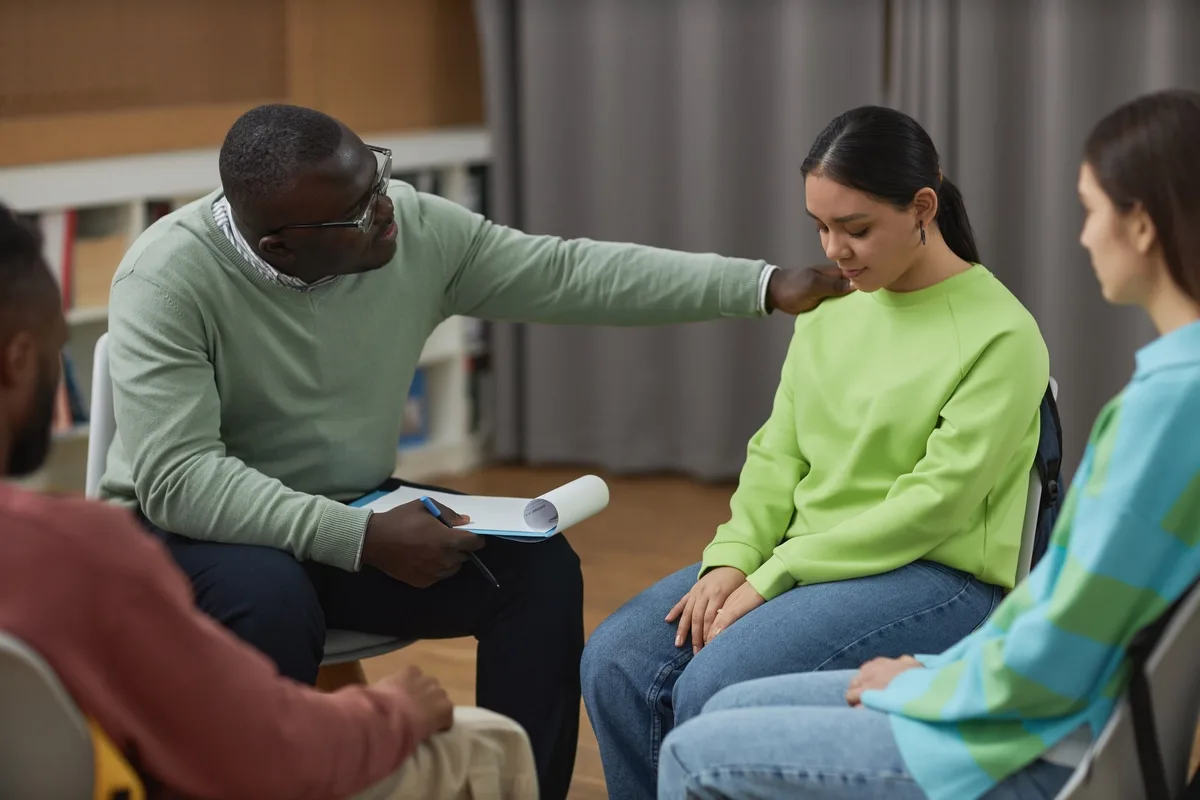
Neighborhood Counseling Center – Dyker Heights Clinic
Neighborhood Counseling Center – Dyker Heights Clinic is a private rehab located in Brooklyn, New Yo...

Brooklyn Hospital Center Parkside Dependency Treatment Program
Brooklyn Hospital Center (BHC) Parkside Dependency Treatment Program provides an addiction treatment...

Success Counseling Services – Outpatient
Success Counseling Services – Outpatient is a private rehab located in Bronx, New York. Success Coun...

Addicts Rehabilitation Center – Park Avenue
Addicts Rehabilitation Center Park Avenue, located on Park Avenue in the Harlem district of New York...

Archdiocesan Drug Program
Archdiocesan Drug Program offers outpatient treatment for individuals with alcohol and/ or substance...

Lenox Hill Hospital – Inpatient Psychiatric
Lenox Hill Hospital – Inpatient Psychiatric is a private rehab located in New York City, New York. L...

Rochester General Hospital – Mental Health Center
Rochester General Hospital - Mental Health Center, located in Rochester, New York, provides mental h...

Community Missions – Apartment Treatment Program
Community Missions - Apartment Treatment Program is a non-profit rehab located in Niagara Falls, NY....

Lake Shore Behavioral Health – Lackawanna Counseling
Lake Shore Behavioral Health – Lackawanna Counseling is a private rehab located in Orchard Park, New...

St. Joseph’s Addiction Treatment and Recovery Centers – David Merkel
St. Joseph's Addiction Treatment and Recovery Centers - David Merkel offers inpatient treatment for ...

Outreach House II
Outreach House II is a non-profit organization offering a residential treatment program that provide...

Community Healthcare Network – Betty Shabbazz
Community Healthcare Network – Betty Shabbazz is a private rehab located in Brooklyn, New York. Comm...

New York Center for Living
Dynamite Youth Center is a substance abuse treatment rehab in Brooklyn, New York dedicated to provid...

Saint Johns Riverside Hospital – Outpatient
Saint Johns Riverside Hospital – Outpatient is a private rehab located in Mount Vernon, New York. Sa...

Paul J. Cooper Center for Human Services
Paul J. Cooper Center for Human Services offers outpatient services for individuals with alcohol and...

Rochester Psychiatric Center
Rochester Psychiatric Center is a public rehab located in Rochester, New York. Rochester Psychiatric...
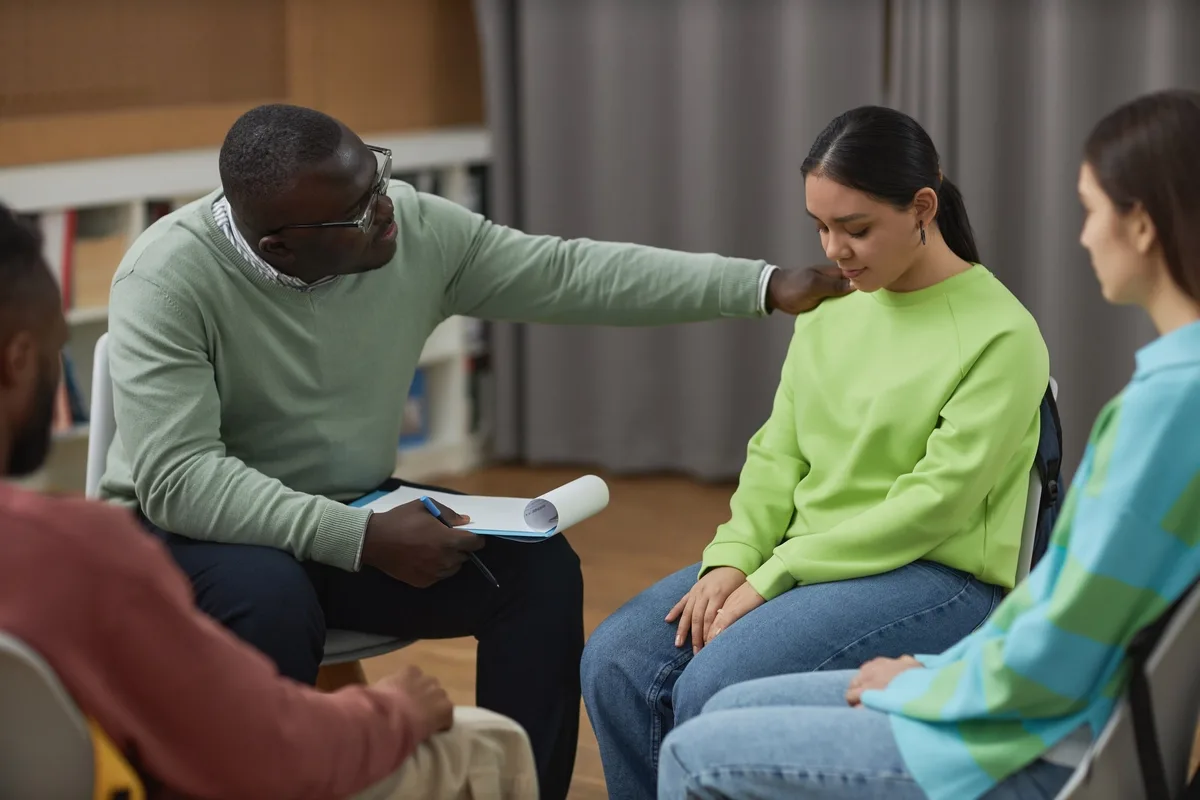
William Ryan Community Health Center
William Ryan Community Health Center is a private rehab located in New York City, New York. William ...

Harlem East Life Plan – HELP
Harlem East Life Plan – HELP is a private rehab located in New York City, New York. Harlem East Life...

Syracuse Behavioral Healthcare – Green Street Residence
Syracuse Behavioral Healthcare - Green Street Residence offers a transitional living facility for th...

Credo Community Center – Donald F. Pond Men’s Community Residence
Credo Community Center - Donald F. Pond Men's Community Residence is located in Watertown, New York....

New Horizon Counseling – Far Rockaway Clinic
New Horizon Counseling – Far Rockaway Clinic is a private rehab located in Queens, New York. New Hor...

Long Island Jewish Medical Center – Outpatient
Long Island Jewish Medical Center – Outpatient is a private rehab located in Queens, New York. Long ...

Rockland Psychiatric Center
Rockland Psychiatric Center, located in Orangeburg, New York, offers behavioral healthcare and menta...

Bronx Psychiatric Center
Bronx Psychiatric Center is a public rehab located in Bronx, New York. Bronx Psychiatric Center spec...

Baker Victory Services – Outpatient Clinic
Baker Victory Services – Outpatient Clinic is a public rehab located in Buffalo, New York. Baker Vic...

SUNY Stony Brook – Comprehensive Psychiatric
SUNY Stony Brook – Comprehensive Psychiatric is a public rehab located in Stony Brook, New York. SUN...

New York Foundling Hospital – Mental Health
New York Foundling Hospital – Mental Health is a private rehab located in New York City, New York. N...

CIRCARE Behavioral Health Clinic
Behavioral Health Outpatient Clinic - Erie Boulevard West offers outpatient treatment for individual...

Mosaic Mental Health
Mosaic Mental Health is committed to the mental wellbeing of people of all ages and backgrounds by p...

Family Counseling Center – Gloversville
Family Counseling Center – Gloversville is a private rehab located in Gloversville, New York. Family...

Saint Josephs Hospital Health Center – Outpatient
Saint Josephs Hospital Health Center – Outpatient is a private rehab located in Syracuse, New York. ...

South Nassau Communities Hospital – Inpatient
South Nassau Communities Hospital – Inpatient is a private rehab located in Oceanside, New York. Sou...

Family Services League – Chemical Dependency
Family Services League – Chemical Dependency is a private rehab located in Bay Shore, New York. Fami...

Evelyn Brandon Health Center Mental Health Clinic
Evelyn Brandon Health Center Mental Health Clinic is a private rehab located in Rochester, New York....

First Steps to Recovery – Outpatient
First Steps to Recovery – Outpatient is a private rehab located in New York City, New York. First St...

The Jewish Board – Boro Park Counseling
The Jewish Board - Boro Park Counseling provides counseling to children and adults struggling with a...

Brookhaven Memorial Hospital – Outpatient
Brookhaven Memorial Hospital - Outpatient provides mental health and substance abuse treatment for a...

Phoenix House – Pilgrim Center
Phoenix House - Brentwood Mental Health Outpatient and Community Residence is a non-profit rehab loc...

Rochester Regional Health – Adult Mental Health Center
Rochester Regional Health – Adult Mental Health Center is a private rehab located in Rochester, New ...

Astor Services for Children and Families – Child Guidance Center
Astor Child Guidance Center is located in Bronx, New York. Astor Child Guidance Center helps childre...

Inter Care – Outpatient
Inter Care – Outpatient is a private rehab located in New York City, New York. Inter Care – Outpatie...

Orange Regional Medical Center – Inpatient
Orange Regional Medical Center – Inpatient is a private rehab located in Middletown, New York. Orang...

GCASA
Our treatment services are broad and encompassing. We are licensed by NYS Office of Addiction Servic...

Hudson Mohawk Recovery Center – Elizabeth’s House for Women
Hudson Mohawk Recovery Center - Elizabeth's House for Women is a 14 bed community residence for wome...

Reality House – Community Residence
Reality House – Community Residence is a private rehab located in Queens, New York. Reality House – ...

New Horizon Counseling – Central Avenue
New Horizon Counseling – Central Avenue is a private rehab located in Queens, New York. New Horizon ...

RECAP – New Life Manor
RECAP - New Life Manor offers a sober living facility for those men recovering from substance abuse....

Tempo Group
Tempo Group is an outpatient rehab located in Woodmere, NY. Tempo Group specializes in the treatment...

Syracuse Behavioral Healthcare
Syracuse Behavioral Healthcare, in Syracuse, New York, provides mental and behavioral healthcare ser...

Steuben County Community Service
Steuben County Community Services provides a full range or outpatient mental health and substance ab...

Confidential Help for Alcohol and Drugs – Outpatient
Confidential Help for Alcohol and Drugs – Outpatient is a private rehab located in Auburn, New York....

Cattaraugus County Community Services – Foundations for Change
Cattaraugus County Community Services – Foundations for Change is a public rehab located in Olean, N...

MHA in Fulton and Montgomery Counties – The Lighthouse
MHA in Fulton and Montgomery Counties - The Lighthouse is an OASAS licensed residential program for ...

Fulton County Addiction Services
Fulton County Addiction Services offers outpatient treatment for individuals with alcohol and/or sub...

Mental Health Connections of Utica
Mental Health Connections of Utica is a private rehab located in Utica, New York. Mental Health Conn...

Recovery Center – Chemical Dependency
Recovery Center - Chemical Dependency is a public rehab located in Nyack, NY. Recovery Center - Chem...

Amethyst House – Chemical Dependency Community Residence
Amethyst House – Chemical Dependency Community Residence is a private rehab located in Staten Island...

Hudson Mohawk Recovery Center – Outpatient
Hudson Mohawk Recovery Center – Outpatient is a drug and alcohol rehab for men and women located in ...

Odyssey House George Rosenfeld Cetner for Recovery
Odyssey House George Rosenfeld Cetner for Recovery is a private rehab located in New York City, New ...

Syracuse Behavioral Healthcare – Recovery Services
Syracuse Behavioral Healthcare - Recovery Services offers aftercare services, recovery meetings and ...

Hutchings Psychiatric Center
Hutchings Psychiatric Center is a public rehab located in Syracuse, New York. Hutchings Psychiatric ...

Rockville Center Drug and Alcohol Abuse – Outpatient
Rockville Center Drug and Alcohol Abuse – Outpatient is a private rehab located in Rockville Centre,...

Saint Marks Institute for Mental Health
Saint Marks Institute for Mental Health is a private rehab located in New York City, New York. Saint...
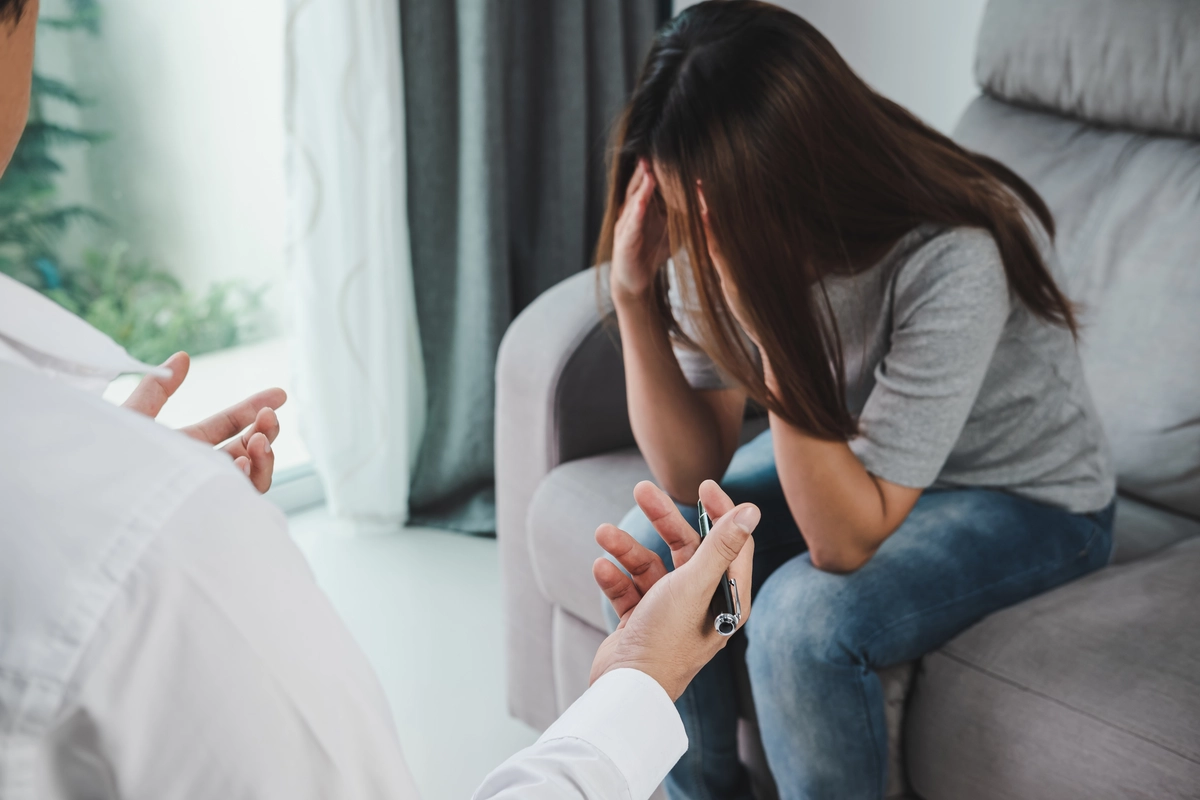
Odyssey House
Odyssey House is a non-profit rehab located in New York City, New York. Odyssey House specializes in...

Family and Childrens Association
Family and Childrens Association is a private rehab located in Hicksville, New York. Family and Chil...
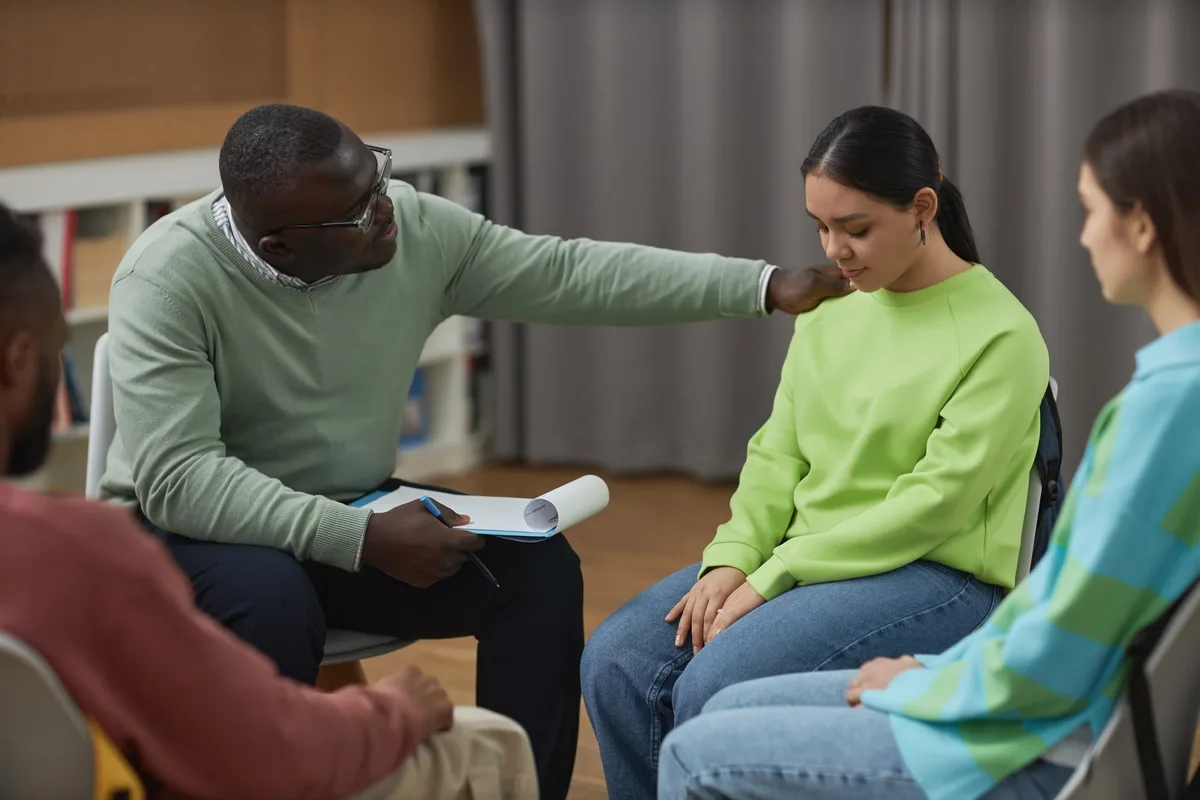
Saint Jospehs Hospital – Outpatient
Saint Jospehs Hospital – Outpatient is a private rehab located in Brooklyn, New York. Saint Jospehs ...

Innovative Health Systems – Outpatient
Innovative Health Systems – Outpatient is a private rehab located in White Plains, New York. Innovat...

Hazelden Betty Ford Foundation – Chelsea
Hazelden Betty Ford Foundation - Chelsea is located on the bustling West Side of the borough of Manh...

Hutchings Psychiatric Center – Outpatient
Hutchings Psychiatric Center – Outpatient is a public rehab located in Syracuse, New York. Hutchings...

Rockland Psychiatric Center
Rockland Psychiatric Center is a public rehab located in Monticello, New York. Rockland Psychiatric ...

Rochester General Hospital – Inpatient Psychiatric Unit
Located in Rochester, New York, Rochester Inpatient Psychiatric Unit is an alcohol and drug rehab fa...

Hamilton Madison House – Asian American Recovery Services
Hamilton Madison House - Asian American Recovery Services is a public rehab located in New York, NY....

Soldiers and Sailors Memorial Hospital – Psychiatric Unit
Soldiers and Sailors Memorial Hospital – Psychiatric Unit is a public rehab located in Penn Yan, New...

Brooklyn Center for Psychotherapy & New Directions
The Brooklyn Center for Psychotherapy & New Directions offers outpatient treatment for individuals w...

Credo Community Center – Men’s Aftercare Community Residence
Credo Community Center - Men's Aftercare Community Residence is located in Watertown, New York. Cred...

Pivot
Pivot is a private center located in Watertown, NY. Pivot specializes in the treatment of alcohol ab...

Manhattan Mental Health Center – Families and Children
Manhattan Mental Health Center – Families and Children is a private rehab located in New York City, ...

Saint Lawrence Psychiatric Center – Mental Health Clinic
Saint Lawrence Psychiatric Center – Mental Health Clinic is a public rehab located in Ogdensburg, Ne...

New Horizon Counseling
New Horizon Counseling is a private rehab located in Valley Stream, New York. New Horizon Counseling...

The Next Step
The Next Step is an intensive residential treatment facility dedicated to treat the unique needs of ...

Outreach – Outpatient Services
Outreach - Outpatient Services is a non-profit organization offering an outpatient treatment program...

Northpointe Council – Outpatient Clinic
Northpointe Council - Outpatient Clinic is located in Niagara Falls, New York. Northpointe Council -...

Center for Family Life and Recovery
Center for Family Life and Recovery provides Prevention, Mental Health, and Behavioral Services, as ...

New Choices Recovery Center – Georgia S. Perrin House
New Choices Recovery Center--Perrin House, in Schenectady, New York, is a comprehensive drug and alc...

Cayuga Medical Center at Ithaca – Psychiatric
Cayuga Medical Center at Ithaca – Psychiatric is a private rehab located in Ithaca, New York. Cayuga...

Freedom Village
Freedom Village is a non-profit rehab located in Sanborn, New York. Freedom Village specializes in t...
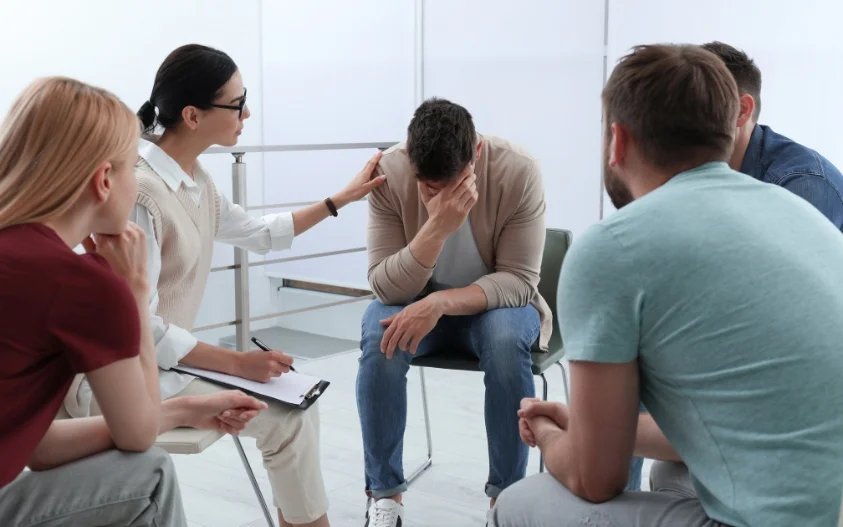
The Fortune Society
The Fortune Society empowers clients with substance use issues to address and overcome their depende...

Seafield
SeaField is an alcohol and addiction recovery center located in Westhampton Beach, New York. They ar...
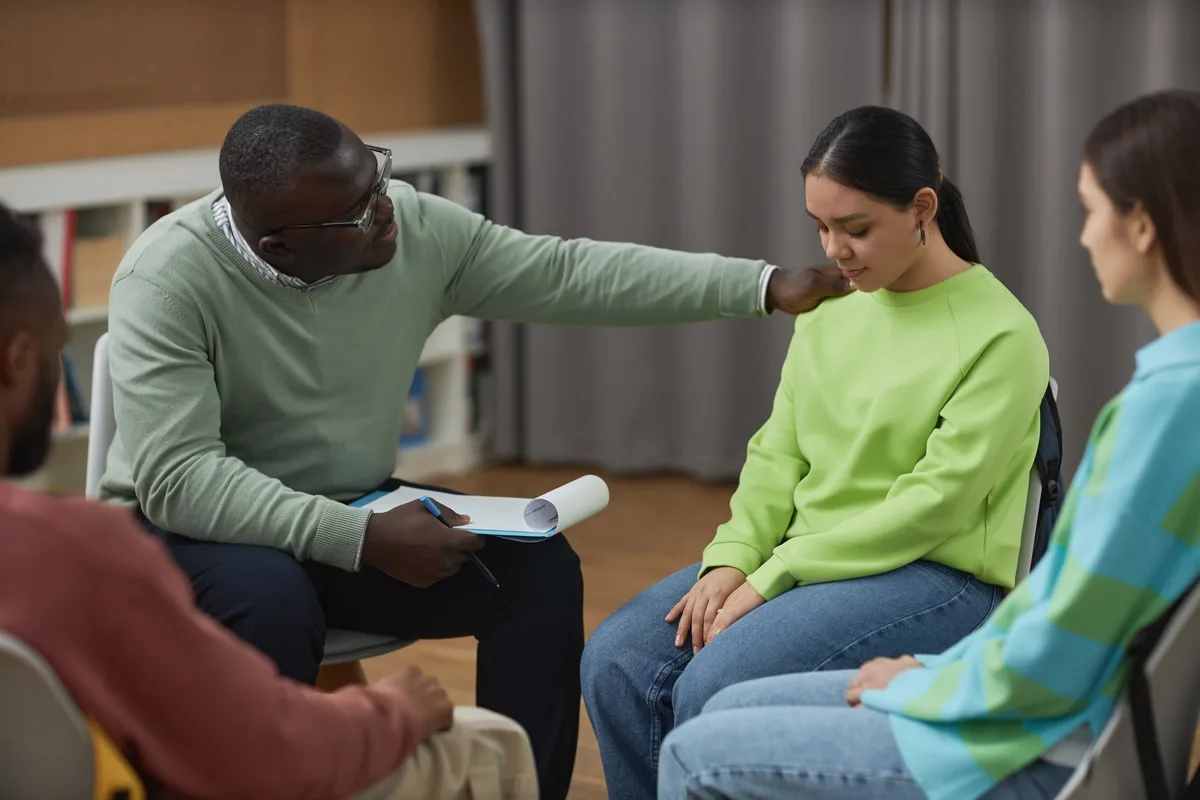
Acacia Network – Alba de Vida
Acacia Network is a dual diagnosis substance abuse treatment facility located in Buffalo, New York. ...

Cayuga Counseling Services – Crisis Outreach
Cayuga Counseling Services – Crisis Outreach is a private rehab located in Auburn, New York. Cayuga ...

Horizon Health Services – Lockport Recovery Center
Horizon Health Services – Lockport Recovery Center is a private rehab located in Lockport, New York....

Creedmoor Psychiatric Center
Creedmoor Psychiatric Center, located in Queens, New York, provides behavioral healthcare and mental...

Kings County Hospital – Behavioral Health
Kings County Hospital Behavioral Health Center is a clinical alcohol and drug rehabilitation center ...
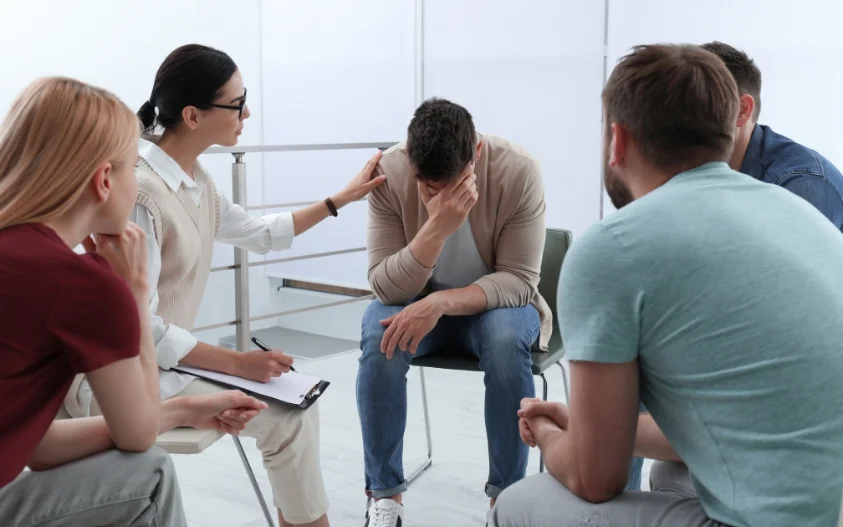
Hope House – Bette Center
Hope House - Bette Center is a 35-bed, long-term, residential intensive treatment program for adult ...

Villa Veritas Foundation
Villa Veritas Foundation provides gender-specific residential treatment programs. They offer a relax...

Albert Einstein College of Medicine – Substance Abuse
Albert Einstein College of Medicine – Substance Abuse is a private rehab located in Bronx, New York....

St. Lawrence Addiction Treatment Center
St. Lawrence Addiction Treatment Center is a dual diagnosis, drug, and alcohol rehab facility locate...

Access Comprehensive Services
Access Comprehensive Services is an outpatient rehab located in New Paltz, NY. Access Comprehensive ...

Olean General Hospital – Behavioral Health
Olean General Hospital – Behavioral Health is a private rehab located in Olean, New York. Olean Gene...

Cayuga Addiction Recovery Services Outpatient
Cayuga Addiction Recovery Services Outpatient is a private rehab located in Ithaca, New York. Cayuga...

Staten Island Mental Health Society – Family Support Program
Staten Island Mental Health Society – Family Support Program is a private rehab located in Staten Is...
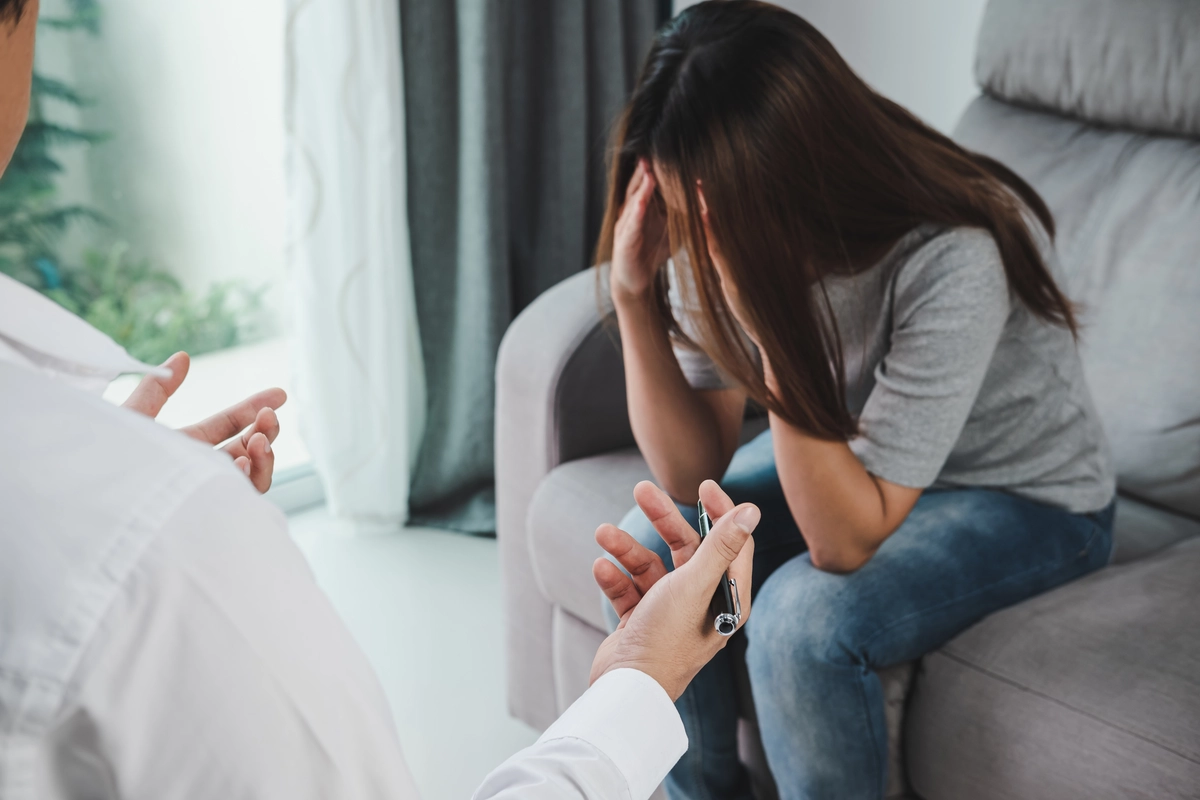
Bailey House – Mental Health Clinic
Bailey House – Mental Health Clinic is a private rehab located in New York City, New York. Bailey Ho...

Schuyler County Community Services – Mental Health
Schuyler County Community Services – Mental Health is a public rehab located in Watkins Glen, New Yo...

Bowery Residents Committee – Chemical Dependency
Bowery Residents Committee - Chemical Dependency Crisis Center is a non-profit rehab located in New ...

CMR Recovery Residence
CMR Recovery Residence is a private rehab located in Northport, New York. CMR Recovery Residence spe...

Turning Point House
Turning Point House, located in Eden, New York, offers residential substance use disorder treatment ...

Canandaigua Behavioral Health Clinic
Canandaigua Behavioral Health Clinic is a non-profit rehab located in Canandaigua, New York. Cananda...

Kingsboro Addiction Treatment Center
Kingsboro Addiction Treatment Center, located in Brooklyn, New York is a dual diagnosis, inpatient f...

Staten Island University Hospital – Inpatient Psychiatry
Staten Island University Hospital – Inpatient Psychiatry is a private rehab located in Staten Island...

Clifton Springs Hospital – Behavioral Health
Clifton Springs Hospital – Behavioral Health is a drug and alcohol rehab and medical facility locate...

The Jewish Board – Coney Island Counseling Center
The Jewish Board - Coney Island Counseling Center helps and supports clients in achieving their life...

Acacia Network – Clay Avenue
Acacia Network – Clay Avenue is a drug and alcohol rehab and community clinic in the Bronx, NY. They...

Arms Acres – Outpatient
Arms Acres – Outpatient is a private rehab located in Bronx, New York. Arms Acres – Outpatient speci...

Pathways
Pathways Buffalo, a part of Catholic Health, offers a supportive environment for individuals struggl...

Seafield – Outpatient
Seafield - Outpatient is licensed by the New York State Office of Alcohol and Substance Abuse Servic...

Insight House Drug Abuse – Residential
Insight House is an adult addiction treatment center in Utica, New York. They provide comprehensive ...

Neighborhood Center – Behavioral Health
Neighborhood Center – Behavioral Health is a private rehab located in Rome, New York. Neighborhood C...
Mental Health America of Dutchess County
Mental Health America of Dutchess County is a private rehab located in Beacon, New York. Mental Heal...

Bridging Access to Care
Bridging Access to Care operates an Office of Mental Health (OMH) Licensed Outpatient Clinic for ind...

Hudson Mohawk Recovery Center – Men’s Residential
Hudson Mohawk Recovery Center - Men's Residential is a chemical dependency Supportive Housing design...

Restorative Management Outpatient 2
Restorative Management Outpatient 2 is a private rehab located in Newburgh, New York. Restorative Ma...

Saint Mary’s Healthcare – Addiction Services
Saint Mary’s Healthcare – Addiction Services is a private rehab located in Amsterdam, New York. Sain...

Mental Health Association of Columbia
Mental Health Association of Columbia is a private rehab located in Hudson, New York. Mental Health ...

Hope House – Hubbard Center
Hope House – Hubbard Center is a non-profit rehab located in Albany, New York. Hope House – Hubbard ...

Syracuse Behavioral Healthcare – Supportive Living
Syracuse Behavioral Healthcare – Supportive Living is a private rehab located in Syracuse, New York....

Elmira Psychiatric Center
Elmira Psychiatric Center is a public rehab located in Seneca Falls, New York. Elmira Psychiatric Ce...

Montefiore Medical Center – Inpatient
Montefiore Medical Center – Inpatient is a private rehab located in Bronx, New York. Montefiore Medi...

Saint Barnabas Hospital – Chemical Dependency
Saint Barnabas Hospital – Chemical Dependency is a private rehab located in Bronx, New York. Saint B...

Eastern Long IslandHospital – Inpatient
Eastern Long IslandHospital – Inpatient is a private rehab located in Greenport, New York. Eastern L...

Rochester Mental Health Center
Rochester Mental Health Center is a non-profit rehab located in Rochester, New York. Rochester Menta...

Syracuse Behavioral Healthcare – The Willows Rehab
Syracuse Behavioral Healthcare - The Willows Rehab offers detoxification and inpatient for those ind...

Family Service League – Stepping Stones
Family Service League – Stepping Stones is a private rehab located in Huntington, New York. Family S...
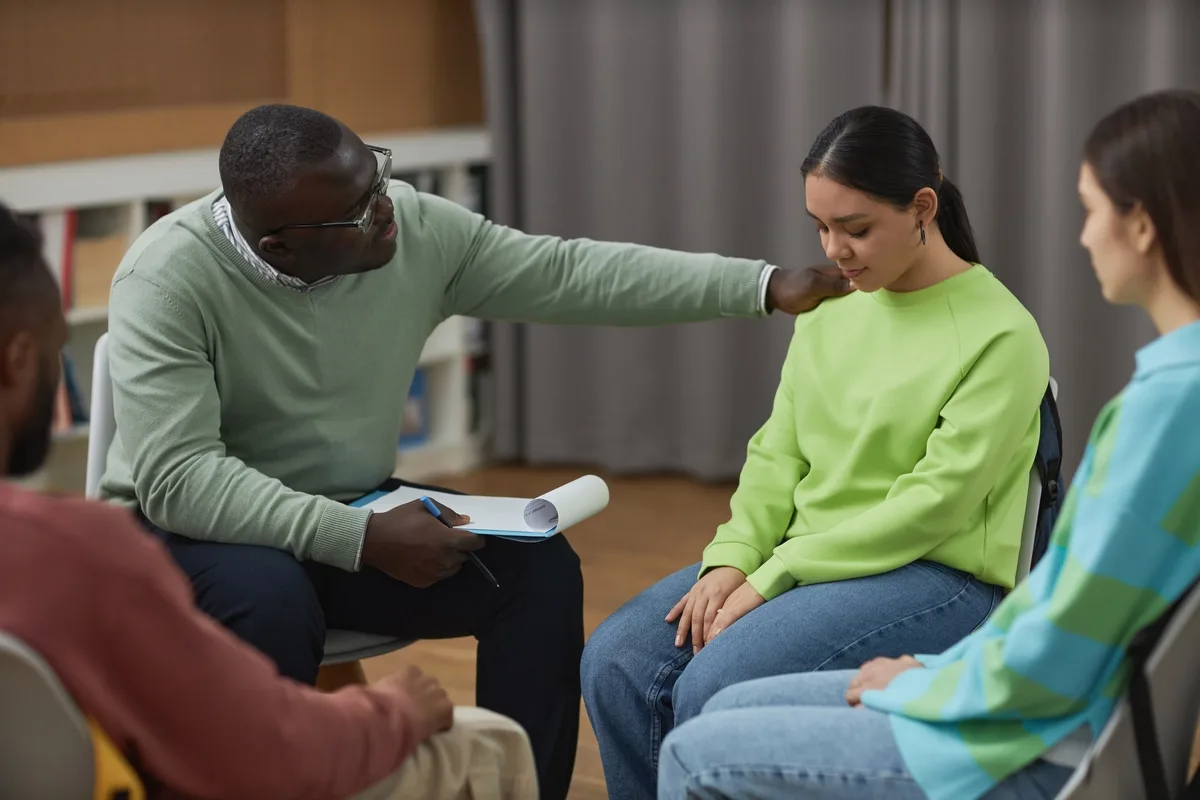
The Jewish Board – Crown Heights Counseling Center
The Jewish Board - Crown Heights Counseling Center is located in Brooklyn, New York. They provide a ...

Tempo Group
Tempo Group is a non-profit rehab located in Syosset, New York. Tempo Group specializes in the treat...

Bassett Medical Center – Outpatient
Bassett Medical Center – Outpatient is a private rehab located in Cooperstown, New York. Bassett Med...

Institute for Community Living – Highland Park Center
Institute for Community Living – Highland Park Center is a private rehab located in Brooklyn, New Yo...

Acacia Network
Acacia Network is a private rehab located in Bronx, New York. Acacia Network specializes in the trea...

Samaritan Daytop Village IR – Veterans Center
Samaritan Daytop Village IR – Veterans Center is a private rehab located in Queens, New York. Samari...

Angelo Melillo Center for Mental Health
Angelo Melillo Center for Mental Health is a private rehab located in Glen Cove, New York. Angelo Me...

Family Services – Chemung County Crisis Program
Family Services – Chemung County Crisis Program is a private rehab located in Elmira, New York. Fami...

Loyola Recovery
Loyola Recovery is a private rehab located in Bath, New York. Loyola Recovery specializes in the tre...

Firetree – Syracuse Pavilion
Firetree – Syracuse Pavilion is a private rehab located in Syracuse, New York. Firetree – Syracuse P...

Rockland Children’s Psychiatric Center
Rockland Children's Psychiatric Center is a hospital located in Orangeburg, NY. Rockland Children's ...

Educational Alliance – Center for Recovery and Wellness
Educational Alliance - Center for Recovery and Wellness offers culturally-competent evidence-based p...

Astor Services for Children and Families – Poughkeepsie Counseling Center
Located in Poughkeepsie, New York, Astor Services for Children and Families – Poughkeepsie Counselin...

YWCA – Steppingstone Supportive Living
YWCA - Steppingstone Supportive Living offers support for women in recovery from substance abuse. YW...

Cornerstone
Cornerstone is an alcohol and drug addiction treatment facility located in Rhinebeck, New York. They...

Stuyvesant Alcohol Treatment Center – Outpatient
Stuyvesant Alcohol Treatment Center – Outpatient is a private rehab located in Brooklyn, New York. S...

VIP Community Services – Women’s Residence
Vocational Instruction Project (VIP) Community Services provides a full continuum of social service ...

Hutchings Psychiatric Center – Inpatient
Hutchings Psychiatric Center – Inpatient is a public rehab located in Syracuse, New York. Hutchings ...

Addiction Treatment Services – ATS
Addiction Treatment Services (ATS) offers outpatient treatment for individuals with alcohol and/or s...

South Beach Psychiatric Center – 5th Avenue
South Beach Psychiatric Center - 5th Avenue offers outpatient services for individuals with substanc...

Acacia Network – Camino Nuevo
Acacia Network - Camino Nuevo provides substance abuse and opioid dependence treatment in an outpati...

Hudson Valley Mental Health
Hudson Valley Mental Health is a private rehab located in Ellenville, New York. Hudson Valley Mental...

Western Queens Recovery Services
Western Queens Recovery Services offers outpatient services for individuals who suffer from Substanc...

St. Joseph’s Addiction Treatment – Rose Hill RRSY Residential
St. Joseph’s Addiction Treatment – Rose Hill is a residential treatment facility in Massena, NY for ...

The Brooklyn Center for Psychotherapy & New Directions
The Brooklyn Center for Psychotherapy & New Directions offers outpatient treatment for individuals w...

Bon Secours Community Hospital – New Directions Rehab
Bon Secours Community Hospital–New Directions Rehab, in Port Jervis, New York, provides dual diagnos...

BRC – Chemical Dependency Crisis Center – CDCC
BRC–Chemical Dependency Crisis Center–CDCC is a comprehensive drug and alcohol rehab for homeless ad...

William Alanson White Institute
William Alanson White Institute is a private rehab located in New York City, New York. William Alans...

New Choices Recovery Center – James F. Purcell House
New Choices Recovery Center - Purcell House is a non-profit rehab located in Schenectady, NY. New Ch...

Argus Community – Harbor House
Argus Community Center, located in the Bronx, New York, provides innovative programs that assist sev...

CREATE – Medically Supervised Outpatient
CREATE - Medically Supervised Outpatient is a non-profit organization located in New York, NY. CREAT...

SPARC – St. Peter’s Addiction Recovery Center
St. Peter’s Addiction Recovery Center (SPARC) is a CARF accredited behavioral health and addiction t...

John Mather Memorial Hospital – Outpatient
John Mather Memorial Hospital – Outpatient is a private rehab located in Port Jefferson, New York. J...

ADAC – Alcoholism and Drug Abuse Council of Orange County
ADAC – Alcoholism and Drug Abuse Council of Orange County is a non-profit rehab located in Goshen, N...

Community Healthcare Network – Caribbean House
Community Healthcare Network – Caribbean House is a private rehab located in Brooklyn, New York. Com...

The Center
The Center is a private rehab located in New York City, New York. The Center specializes in the trea...

Saint Charles Hospital – Chemical Dependency Inpatient
Saint Charles Hospital – Chemical Dependency Inpatient is a private rehab located in Port Jefferson,...
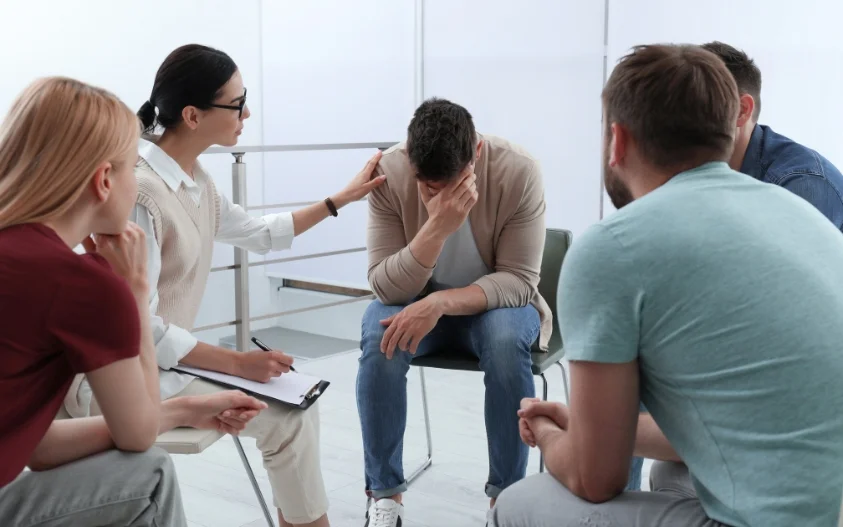
Advanced Center for Psychotherapy
Advanced Center for Psychotherapy is a private rehab located in Queens, New York. Advanced Center fo...

Mohawk Opportunities
Mohawk Opportunities is a private rehab located in Schenectady, New York. Mohawk Opportunities speci...

Family Services – Alcohol and Drug Counseling
Family Services – Alcohol and Drug Counseling is a private rehab located in Pelham, New York. Family...

Montefiore Mount Vernon Hospital – Behavioral Health
Montefiore Mount Vernon Hospital – Behavioral Health is a private rehab located in Mount Vernon, New...

Central Nassau Counseling – Mental Health
Central Nassau Counseling is an accredited substance abuse treatment center for Hicksville, NY. It w...

Cayuga County Department of Mental Health
Cayuga County Department of Mental Health is a public rehab located in Auburn, New York. Cayuga Coun...

Christian Based Counseling Services
Christian Based Counseling Services is an outpatient rehab located in Syracuse, NY. Christian Based ...

Capital District Psychiatric
Capital District Psychiatric is a public rehab located in Schenectady, New York. Capital District Ps...

Palladia
Palladia is a private rehab located in Bronx, New York. Palladia specializes in the treatment of alc...

Horizon Health Services – Union Losson Counseling Center
Horizon Health Services - Union Losson Counseling Center is a private rehab located in Buffalo, NY. ...

Cylar House Behavioral Mental Health Clinic
Cylar House Behavioral Mental Health Clinic is a private rehab located in New York City, New York. C...

Del Nor Recovery and Treatment Center
Del Nor Recovery and Treatment Center is a public rehab located in Buffalo, New York. Del Nor Recove...
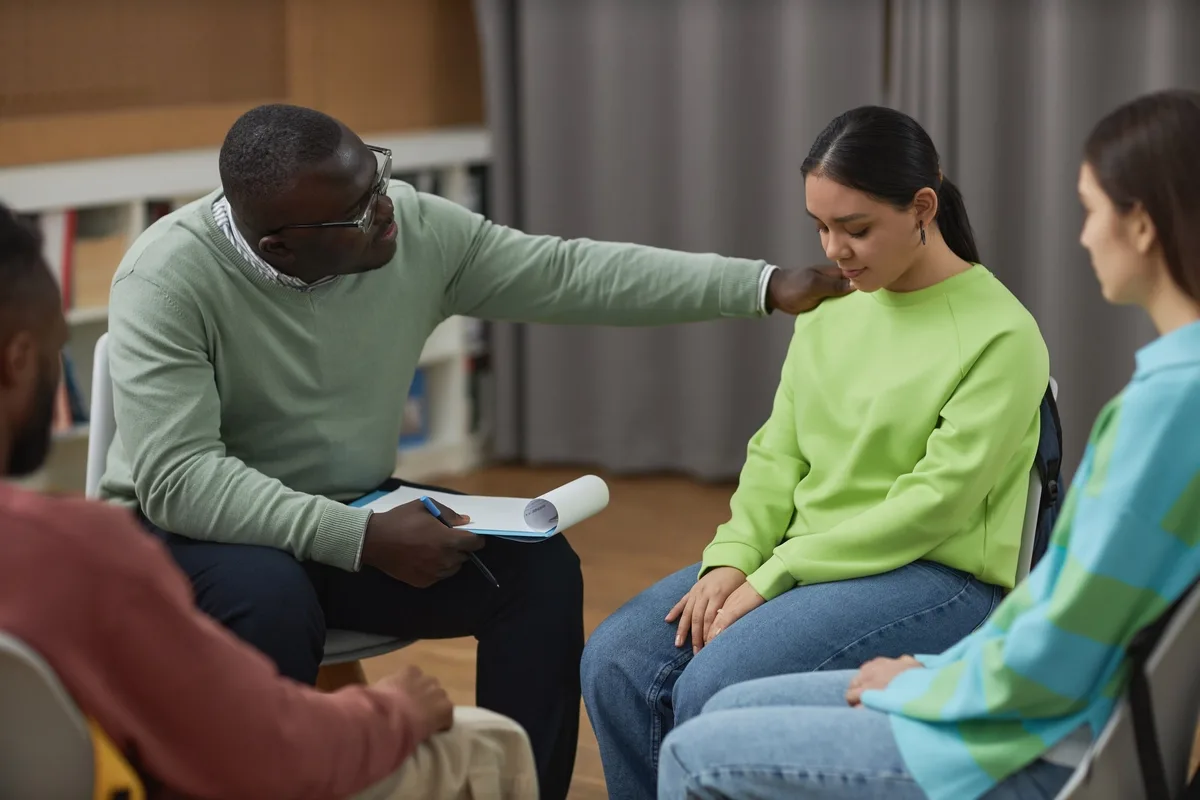
Trinity’s Homer Perkins Center
Trinity's Homer Perkins Center offers a residential program for those men struggling with alcohol an...

Pathways
Pathways is an outpatient rehab located in Rochester, NY. Pathways specializes in the treatment of s...

Federation of Organizations – Recovery Concepts at Patchougue
Federation of Organizations – Recovery Concepts at Patchougue is a private rehab located in Patchogu...

Westfall Associates
Westfall Associates offers treatment for substance abuse and chemical dependency issues including pr...

Spectrum Behavioral Management Service
Spectrum Behavioral Management Service is a private rehab located in Poughkeepsie, New York. Spectru...

Center for Recovery
Center for Recovery is a private rehab located in Hudson Falls, New York. Center for Recovery specia...

Otsego County Mental Health Clinic
Otsego County Mental Health Clinic is an outpatient rehab located in Oneonta, NY. Otsego County Ment...

Syracuse Behavioral Healthcare – Harriet May Mills House
Syracuse Behavioral Healthcare - Harriet May Mills House offers a transitional living facility for t...

New Choices Recovery Center – 846 State Street
New Choices Recovery Center- 840 State Street is a drug and addiction treatment center that provides...

Anchor House – Women’s Facility
Anchor House–Women’s Facility is a faith based drug rehab for women in Brooklyn, New York. They offe...

Pibly Residential Programs – Rosebud House
Pibly Residential Programs’ Rosebud House is a substance abuse drug rehab for adults in Bronx, NY. R...

Celtic Counseling Services
Celtic Counseling Services is a private rehab located in Glens Falls, NY. Celtic Counseling Services...

New York Therapeutic Communities – Serendipity I (For Men)
New York Therapeutic Communities – Serendipity I (For Men) is a non-profit rehab located in Brooklyn...

Acacia Network – Mrs. A’s Place
Acacia Network - Mrs. A's Place is a Medically Supervised Day Treatment Program. UBP also offers La ...
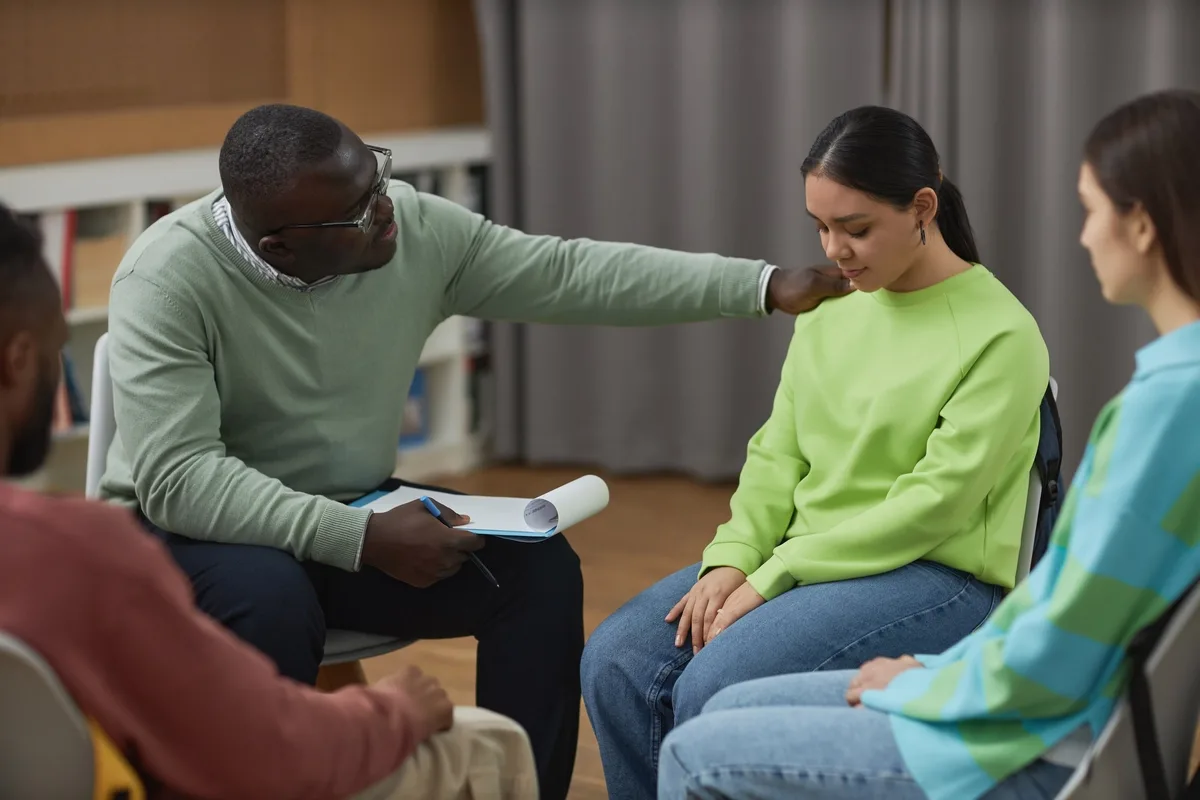
Access Supports for Living
Access Supports for Living is a private rehab located in Middletown, New York. Access Supports for L...

Gracie Square Hospital – Inpatient
Gracie Square Hospital – Inpatient is a private rehab located in New York City, New York. Gracie Squ...

South Shore Association – Community Treatment
South Shore Association – Community Treatment is a private rehab located in Baldwin, New York. South...

Crestwood Childrens Center – Mental Health
Crestwood Childrens Center – Mental Health is a private rehab located in Rochester, New York. Crestw...

Hillside Children’s Center – Residential
Hillside Children’s Center – Residential is a private rehab located in Rochester, New York. Hillside...

Housing Works – Positive Health Project
Housing Works - Positive Health Project is a non-profit rehab located in New York, NY. Housing Works...

North Shore Family Guidance Center
North Shore Family Guidance Center is a private rehab located in Westbury, New York. North Shore Fam...

Harlem East Life Outpatient Methadone Clinic
Harlem East Life Plan (HELP) stands as a dual-diagnosis addiction treatment center in New York, NY f...

Central New York Services – Milestones Dual Recovery
Central New York Services – Milestones Dual Recovery is a private rehab located in Utica, New York. ...

Argus Community – Elizabeth Sturz Outpatient Center
Argus Community - Elizabeth Sturz Outpatient Center is a Non-Profit Outpatient clinic located in Bro...

Farnham Family Services – Chemical Dependency Outpatient
Farnham Family Services – Chemical Dependency Outpatient is a non-profit rehab located in Oswego, Ne...

Bridge Back to Life Center – Coney Island Avenue
Bridge Back to Life Center–Coney Island Avenue is an integrative, outpatient drug and alcohol rehab ...

Northeast Parent Behavioral Health Center
Northeast Parent Behavioral Health Center is a private rehab located in Schenectady, New York. North...

Silver Lake Support Services – Outpatient
Silver Lake Support Services – Outpatient is a private rehab located in Staten Island, New York. Sil...

Kingsbrook Jewish Mental Health
Kingsbrook Jewish Mental Health is a private rehab located in Brooklyn, New York. Kingsbrook Jewish ...

YES Community Counseling Center
YES Community Counseling Center provides school-based social work, counseling, drug/alcohol treatmen...

Hudson Mohawk Recovery Center – Supportive Living for Men
Hudson Mohawk Recovery Center - Supportive Living for Men offers a halfway house for those individua...

Exponents Drug Abuse Clinic – Outpatient
Exponents Drug Abuse Clinic – Outpatient is a private rehab located in New York City, New York. Expo...

Community Association of Progressive Dominicans
Community Association of Progressive Dominicans is a private rehab located in New York City, New Yor...

Hempstead Chemical Dependency – Outpatient
Hempstead Chemical Dependency – Outpatient is a private rehab located in Hempstead, New York. Hempst...

South Beach Psychiatric Center – Baltic Street
South Beach Psychiatric Center - Baltic Street offers outpatient services for individuals with subst...

North Country Freedom Homes
St. Joseph’s North Country Freedom Homes (NCFH) is an accredited Canton, NY substance abuse and addi...

Action for a Better Community – New Directions
Action for a Better Community - New Directions, located in Rochester, New York, offers alcohol and d...

Acacia Network – Carlos Pagan Recovery Center
Acacia Network – Carlos Pagan Recovery Center is a drug and alcohol rehab located in Brooklyn, NY. T...

McPike Addiction Treatment Center – CD Inpatient Rehab Program
McPike Addiction Treatment Center – CD Inpatient Rehab Program is a public rehab located in Utica, N...

Rensselaer County Department of Mental Health
Rensselaer County Department of Mental Health is a public rehab located in Rensselaer, New York. Ren...
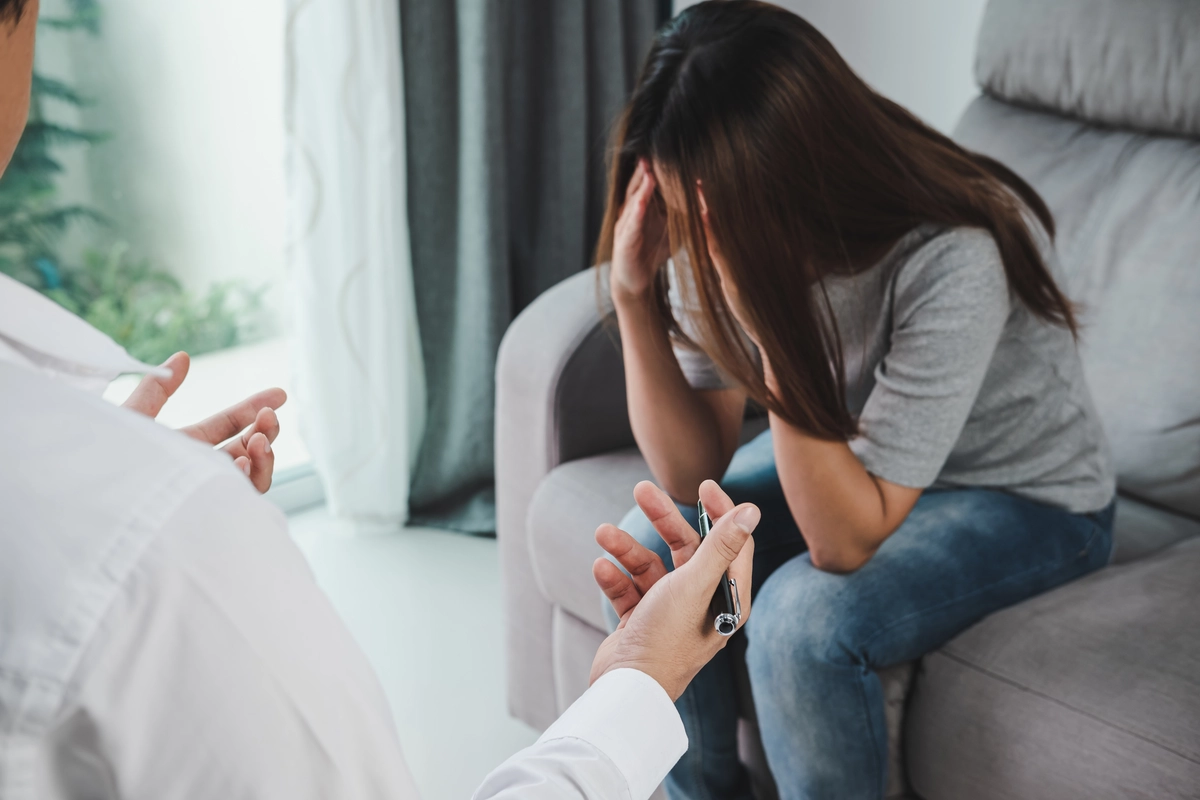
Fairview Recovery Addictions Crisis Center
Fairview Recovery Addictions Crisis Center is a private rehab located in Binghamton, New York. Fairv...
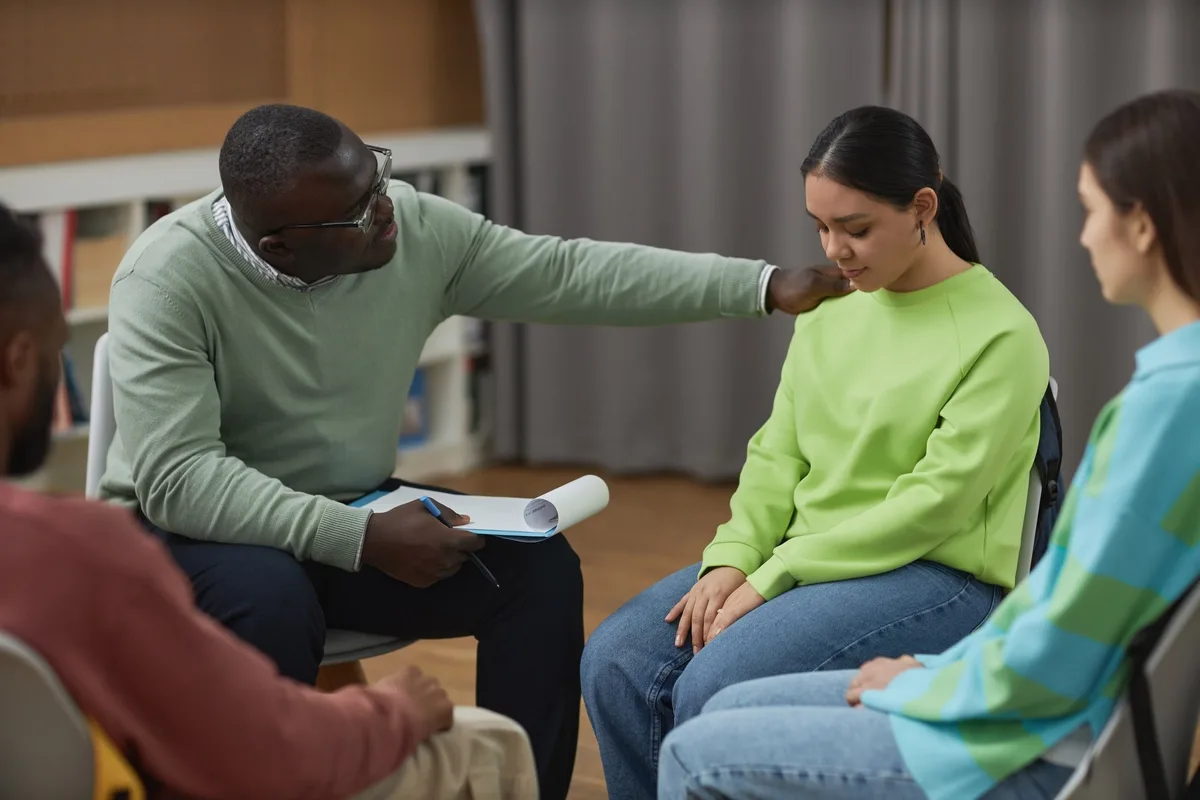
St. Christopher’s Inn – Brothers Christopher House
St. Christopher's Inn - Brothers Christopher House is a transitional house for men recovering from a...

St. Peter’s Addiction Recovery Center – SPARC
St. Peter’s Addiction Recovery–SPARC, in Guilderland, New York, is a comprehensive, 12 step focused ...

The Dunes
The Dunes is a drug and alcohol rehab located in Southampton, NY. They provide residential addiction...

Family Service League – West Team
Family Service League – West Team is a private rehab located in Bay Shore, New York. Family Service ...

Anchor House – Men’s Facility
Anchor House, located in Brooklyn, New York, is a faith-based and holistic intensive residential tre...

Wyoming County Community Hospital – Behavioral Health Unit
Wyoming County Community Hospital – Behavioral Health Unit is a public rehab located in Warsaw, New ...

Long Island Consultation Center
Long Island Consultation Center (LICC) is a dual-diagnosis addiction treatment center in Queens, NY ...

Cortland Community Services – Horizon House
Cortland Community Services – Horizon House is a public rehab located in Cortland, New York. Cortlan...

First Steps to Recovery – Outpatient
First Steps to Recovery – Outpatient is a private rehab located in Brooklyn, New York. First Steps t...

Mountain View Prevention Services
Mountain View Prevention Services is a non-profit rehab located in Lowville, New York. Mountain View...

Employee Assistance Resource Services – Outpatient
Employee Assistance Resource Services – Outpatient is a private rehab located in Smithtown, New York...

Urban Center Alcoholic Services
Urban Center Alcoholic Services is a private rehab located in Brooklyn, New York. Urban Center Alcoh...

Transitional Services for New York
Transitional Services for New York - Supthin Boulevard offers outpatient services for individuals wi...

Hertel Elmwood Recovery Center
Hertel Elmwood Recovery Center is a private rehab located in Buffalo, New York. Hertel Elmwood Recov...

Spectrum Health and Human Services – Downtown Buffalo Counseling Center
Spectrum Health and Human Services - Main Street offers outpatient services for individuals with sub...

Allied Service Center OP – CASA Washington Heights
Allied Service Center OP – CASA Washington Heights is a non-profit rehab located in New York City, N...

New Hope Manor
New Hope Manor offers residential substance abuse treatment for women including those who are pregna...

Housing Works – Outpatient
Housing Works – Outpatient is a private rehab located in Brooklyn, New York. Housing Works – Outpati...

Rochester Rehabilitation Center
Rochester Rehabilitation Center is a private rehab located in Rochester, New York. Rochester Rehabil...

Alcohol and Drug Council of Tompkins County
Alcohol and Drug Council of Tompkins County provides counseling for individuals and families in an o...

Tigoa County department of Mental Hygiene
Tigoa County department of Mental Hygiene is a public rehab located in Owego, New York. Tigoa County...

Syracuse Behavioral Healthcare – Lincoln House
Syracuse Behavioral Healthcare - Lincoln House offers a transitional living facility for those indiv...

Freedom Institute
Free is a non-profit recovery center healing individuals and families. They offer state-of-the-art o...

Veterans Outreach Center – Supportive Living
Veterans Outreach Center - Supportive Living is a non profit rehab located in Rochester, NY. Veteran...

Inwood Community Services – Outpatient
Inwood Community Services – Outpatient is a non-profit rehab located in New York City, New York. Inw...

Argus Community – Adult Resocialization
Argus Community – Adult Resocialization is a non-profit rehab located in New York City, New York. Ar...

Maryhaven Center for Hope – PROS West
Maryhaven Center for Hope provides a continuum of care for individuals throughout their life’s journ...

Maryhaven Center of Hope – Recovery House
Maryhaven Center of Hope is a behavioral health treatment facility in Uniondale, NY that provides ca...

Tempo Group
Tempo Group is a non-for-profit rehab located in Merrick, New York. Tempo Group specializes in the t...
Beacon Center
Beacon Center - Genesee Street offers outpatient treatment for individuals with alcohol and/or subst...

Saratoga County Addiction Services
Saratoga County Addiction Services is a private rehab located in Saratoga Springs, New York. Saratog...

SUS Mental Health Programs – Patchen
SUS Mental Health Programs – Patchen is a private rehab located in Brooklyn, New York. SUS Mental He...

Erie County Council for the Prevention of Alcohol and Substance Abuse
Erie County Council for the Prevention of Alcohol and Substance Abuse provides prevention and interv...

Brooklyn Center for Families in Crisis
Brooklyn Center for Families in Crisis is a private rehab located in Brooklyn, New York. Brooklyn Ce...

Niagara Falls Memorial Medical Center – Behavioral Health
Niagara Falls Memorial Medical Center - Behavioral Health, located in Niagara Falls, New York, is th...

University Settlement Society of NY – Consultation
University Settlement Society of NY – Consultation is a private rehab located in New York City, New ...

Bridge Back to Life Center
Bridge Back to Life Center - Victory Boulevard is located in Staten Island, New York. Bridge Back to...

Samaritan Village
Samaritan Daytop Village is an outpatient facility that offers treatment for individuals with Mental...

Lexington Center for Recovery – Page Park Drive
Lexington Center for Recovery offers a program of recovery which respects the dignity and individual...

Behavioral Health Services North
Behavioral Health Services North is a non-profit rehab located in Morrisonville, NY. Behavioral Heal...

Seafield – Outpatient
Seafield - Outpatient is licensed by the New York State Office of Alcohol and Substance Abuse Servic...

Saint Elizabeth Medical Center – Psychiatric Inpatient Unit
Saint Elizabeth Medical Center–Inpatient Psychiatric Unit provides mental health and dual diagnosis ...

Bronx Addiction Treatment Center
Bronx Addiction Treatment Center is a comprehensive drug and alcohol addiction treatment rehab in Br...

The Child Center of NY – Asian Outreach Program
The Child Center of NY - Asian Outreach Program is located in Elmhurst, New York. The Child Center o...

New Hope Manor – Stabilization and Rehabilitation
New Hope Manor - Stabilization and Rehabilitation offers residential substance abuse treatment for w...

Samaritan Daytop Village
Samaritan Daytop Village is an outpatient facility that offers treatment for individuals with Mental...

Samaritan Daytop Village – Veritas House Community Residence
Samaritan Daytop Village – Veritas House Community Residence provides substance use disorder treatme...

Children of Promise NYC – Mental Health
Children of Promise NYC - Mental Health is a counseling clinic located in Brooklyn, NY. Children of ...

Saint Josephs Medical Center – Inpatient Psychiatry
Saint Josephs Medical Center – Inpatient Psychiatry is a private rehab located in Yonkers, New York....

Turning Point – Outpatient
Turning Point – Outpatient is a private rehab located in Brooklyn, New York. Turning Point – Outpati...

Maryhaven Center of Hope – Steps to Life
Maryhaven Center of Hope provides a continuum of care for individuals throughout their life’s journe...
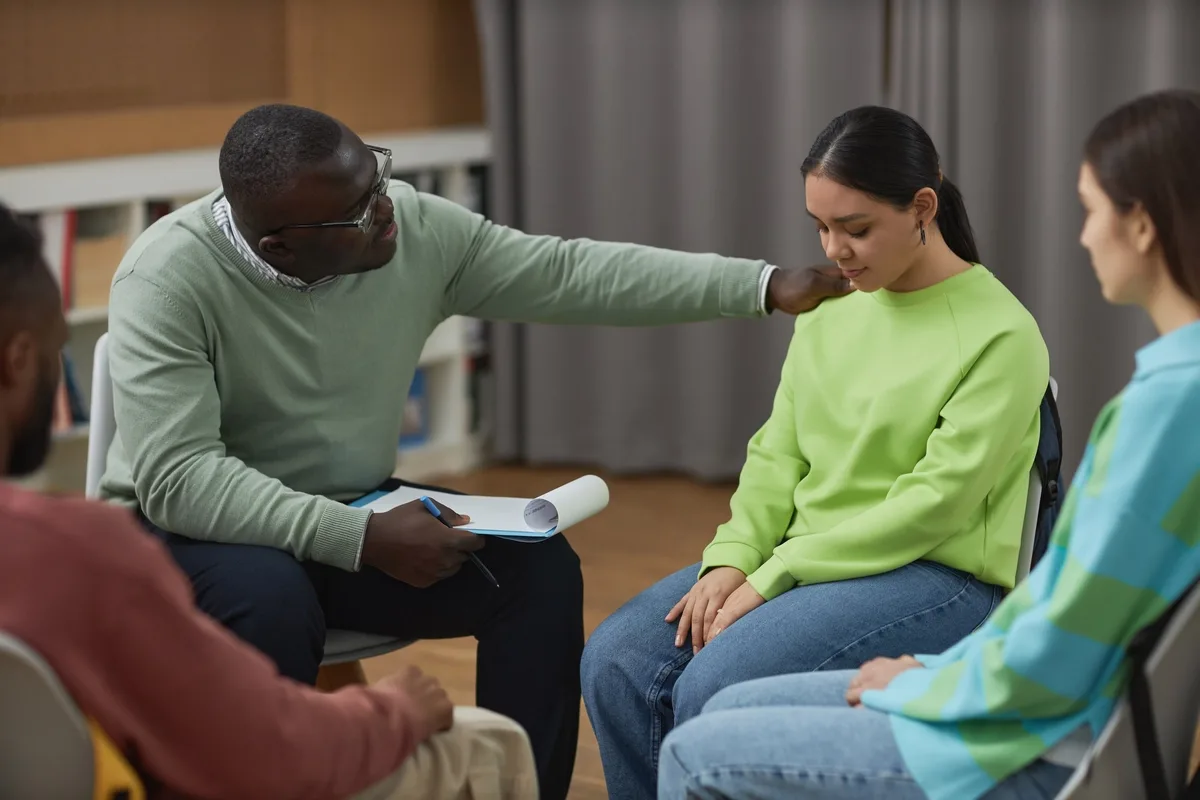
Argus Community – Striver House
Argus Community - Striver House is a non-profit rehab located in New York, NY. Argus Community - Str...

New York Psychotherapy Counseling
New York Psychotherapy Counseling is a non profit rehab located in Elmhurst, NY. New York Psychother...

Seafield – Outpatient
Seafield - Outpatient is licensed by the New York State Office of Alcohol and Substance Abuse Servic...
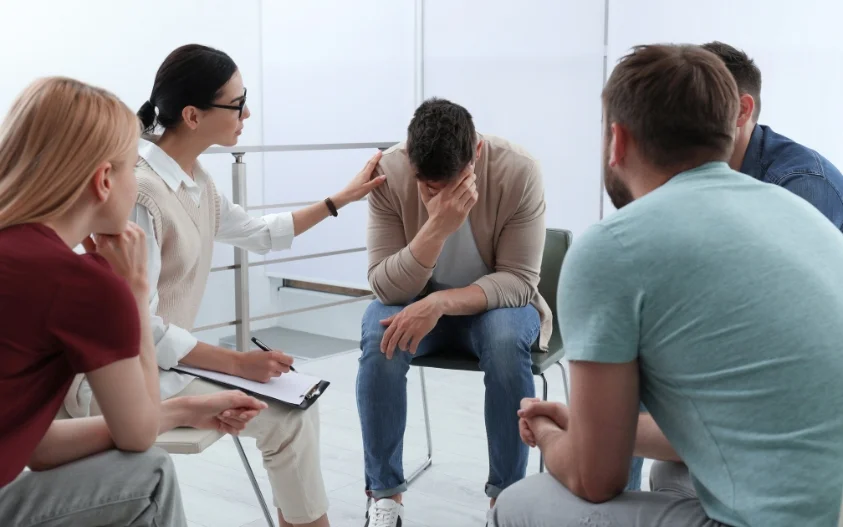
Newburgh Family Counseling
Newburgh Family Counseling is a private rehab located in Newburgh, New York. Newburgh Family Counsel...

Northside Center for Child Development – East 111 Street
Northside Center for Child Development - East 111 Street offers outpatient services for children and...

Credo Community Center – Outpatient
Credo Community Center - Outpatient is located in Watertown, New York. Credo Community Center - Outp...

St. Martin de Porres Treatment Center
Alabama Clinic - Outpatient Program is a private rehab located in Brooklyn, NY. Alabama Clinic - Out...

Newark Wayne Community Hospital – Inpatient
Newark Wayne Community Hospital – Inpatient is a private rehab located in Newark, New York. Newark W...

Spectrum Human Services – Outpatient
Spectrum Human Services – Outpatient is a private rehab located in West Seneca, New York. Spectrum H...

Lexington Center for Recovery
Lexington Center for Recovery provides a program of recovery which respects the dignity and individu...

Northpointe Council – The First Step Center
Northpointe Council- The First Step Program is a 24-bed residential treatment program that treats su...

Maryhaven Center of Hope Recovery Services
Maryhaven Center of Hope provides a continuum of care for individuals throughout their life’s journe...

Saint Johns Riverside Hospital – Behavioral Health
New York Center for Living (NYCFL) is a reputable dual-diagnosis addiction treatment center located ...

Endeavor Health Services – 1500 Broadway
Endeavor Health Services provides effective, affordable and accessible services in a safe, friendly,...

Outreach Recovery Center at Pilgrim Center
Outreach Recovery Center at Pilgrim State is a non-profit organization offering a residential treatm...

Endeavor Health Services
Endeavor Health Services provides effective, affordable and accessible services in a safe, friendly,...

Astor Services for Children and Families – Family Therapy and Support Services
Astor Services for Children and Families - Family Therapy and Support Services is located in Middlet...
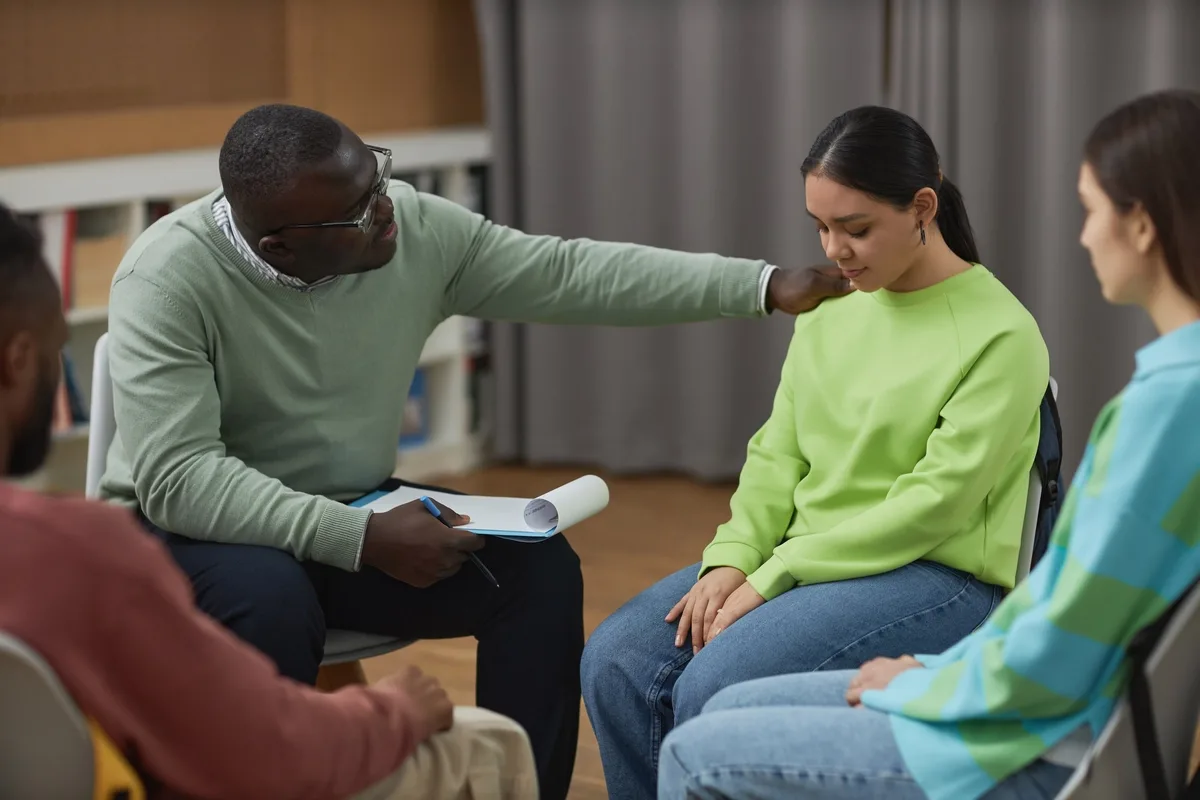
Council on Alcoholism and Addictions of Finger Lakes
Council on Alcoholism and Addictions of Finger Lakes is an outpatient facility that offers services ...

East House
Blake House is a rehab facility located in Rochester, NY. Blake House specializes in the treatment o...

RSS – Rehabilitation Support Services
Rehabilitation Support Services (RSS) includes OMH-licensed residential group homes, licensed and su...

Samaritan Daytop Village – Grand Concourse
Samaritan Daytop Village–Grand Concourse, in Bronx, New York, is an outpatient drug rehab for adults...

The Child Center of NY – August Martin High School
The Child Center of NY - August Martin High School, located in Jamaica, New York, offers alcohol and...
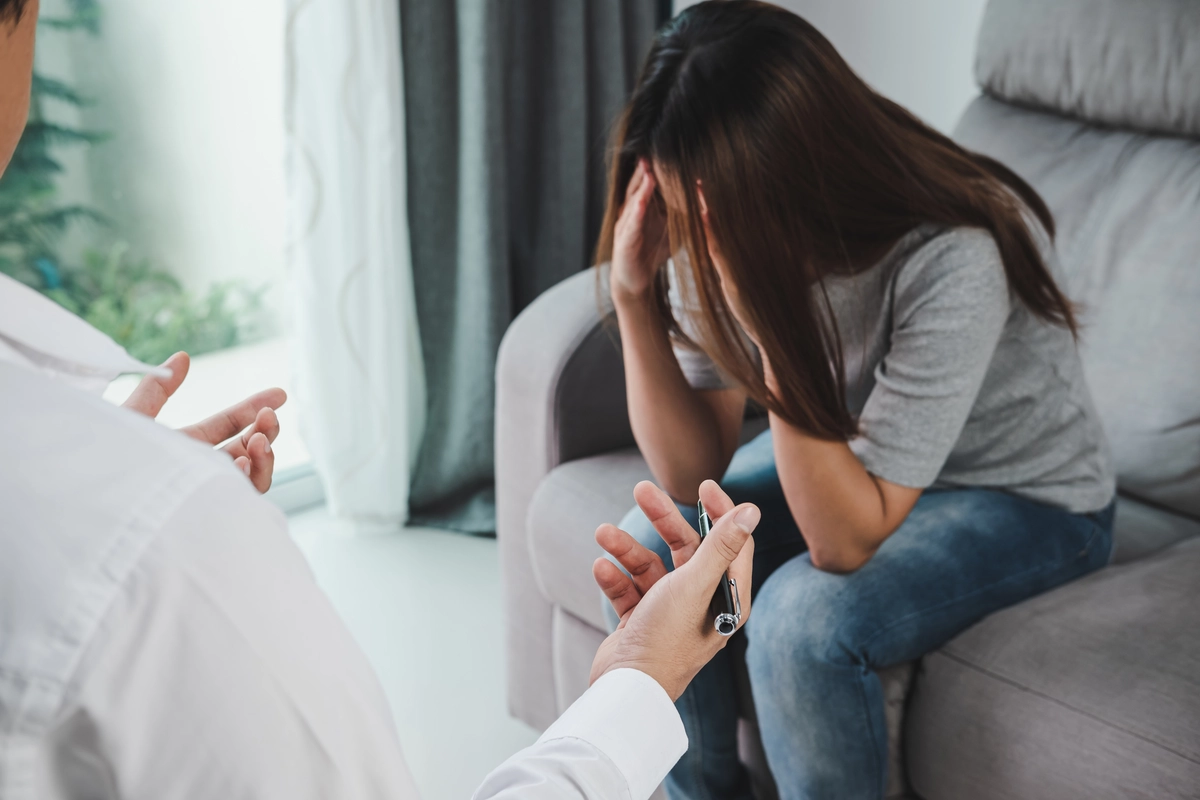
The Child Center of NY – JHS 8 Richard S Grossley
The Child Center of NY - JHS 8 Richard S Grossley is located in Jamaica, New York. The Child Center ...

The Addictions Care Center of Albany
The Addictions Care Center of Albany offers outpatient services for individuals that are struggling ...
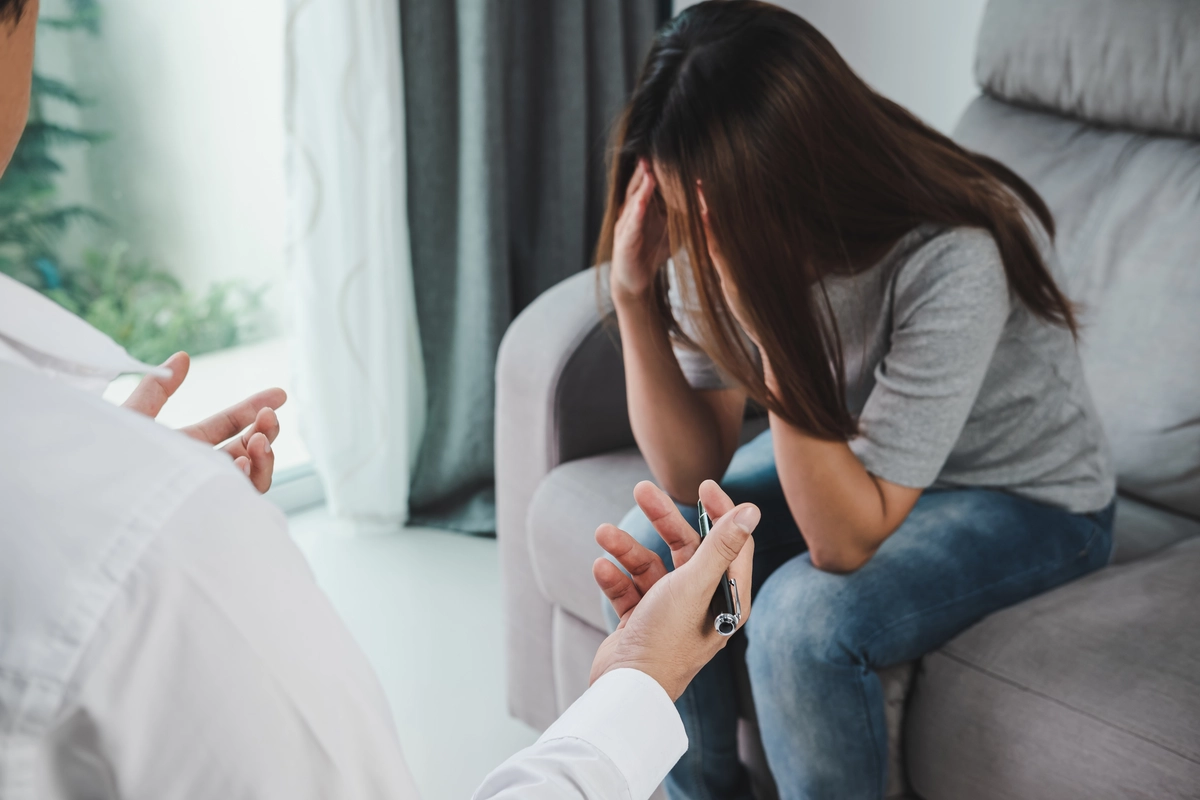
The Counseling Center
The Counseling Center offers state of the art Intensive Outpatient Therapy (IOP) for substance abuse...

Buffalo Psychiatric Center
Buffalo Psychiatric Center offers different programs for those individuals who are struggling with m...
Astor Services for Children and Families – Beacon Counseling Center
Astor Services for Children and Families - Beacon Counseling Center is located in Beacon, New York. ...

Astor Services for Children and Families – New Paltz Counseling Center
Astor Services for Children and Families - New Paltz Counseling Center is located in New Paltz, New ...

Step One
Step One - 106 Vineyard Ave is a private rehab located in Highland, NY. Step One - 106 Vineyard Ave ...

Saint Joseph’s Medical Center – Methadone Maintenance Treatment Program
Saint Joseph's Medical Center - Methadone Maintenance Treatment Program provides detoxification and ...

The Resource Center – Counseling & Psychiatric
The Resource Center - Counseling & Psychiatric is dedicated to provide behavioral health services to...

Samaritan Daytop Village – Willis Avenue
Samaritan Daytop Village - Willis Avenue offers outpatient treatment for individuals struggling with...

Community Missions – Aurora House
Community Missions - Aurora House is a Community Residence for children and adolescents with mental ...

LICADD – Long Island Council on Alcoholism and Drug Dependence
Long Island Council on Alcoholism and Drug Dependence (LICADD) provides substance abuse treatment fo...

Syracuse Behavioral Healthcare – Inpatient Detoxification
Syracuse Behavioral Healthcare - Inpatient Detoxification offers medical supervision for withdrawal ...

Council on Alcoholism and Addictions of Finger Lakes
Council on Alcoholism and Addictions of Finger Lakes is an outpatient facility that offers services ...

Rochester Inpatient Detoxification
Syracuse Behavioral Healthcare - Inpatient Detoxification offers medical supervision for withdrawal ...

Syracuse Behavioral Healthcare – James Street Residence
Syracuse Behavioral Healthcare - James Street Residence offers a transitional living facility for th...

Astor Services for Children and Families – Rhinebeck Counseling Center
Astor Services for Children and Families - Rhinebeck Counseling Center is located in Rhinebeck, New ...

YES Community Counseling Center
YES Community Counseling Center, located in Levittown, New York, provides treatment for mental healt...

Astor Services for Children and Families – Ellenville Counseling Center
Astor Services for Children and Families - Ellenville Counseling Center is located in Ellenville, Ne...
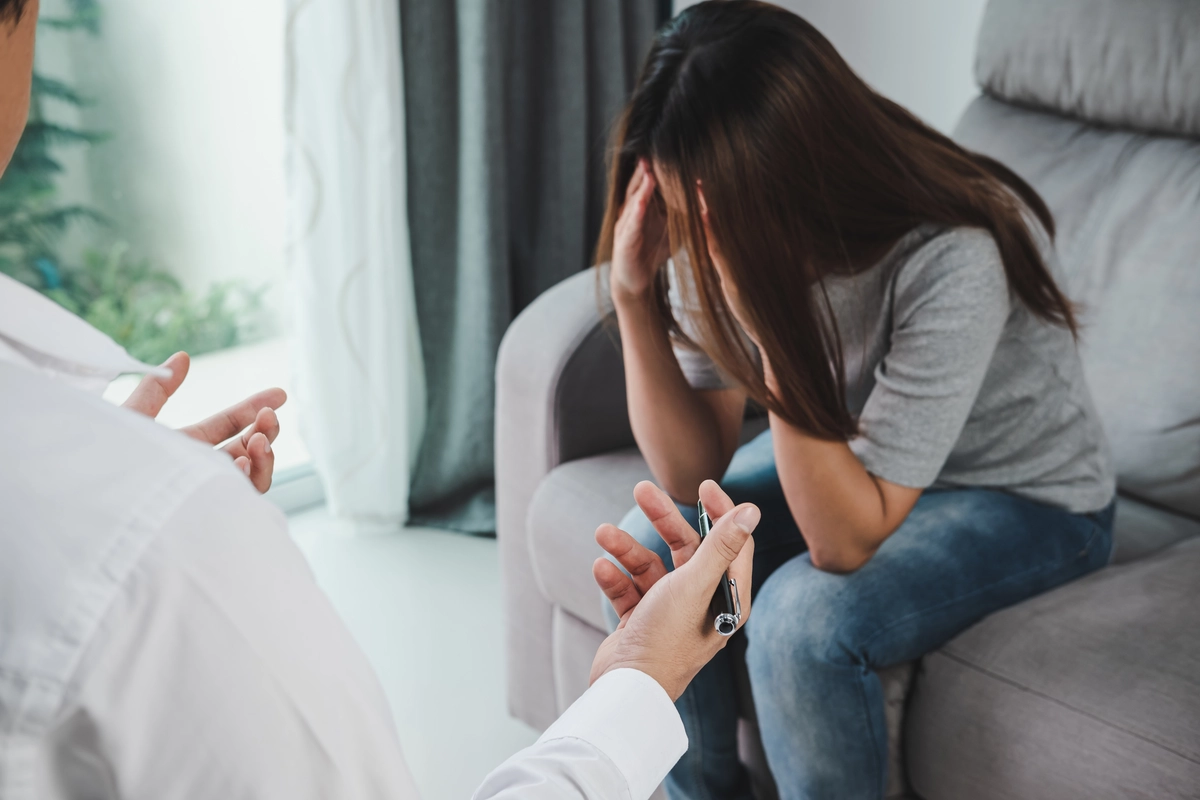
Astor Services for Children and Families – Dover Counseling Center
Astor Services for Children and Families - Dover Counseling Center is located in Wingdale, New York....

Integro Counseling Services
Integro Counseling Services is a private rehab located in Ballston Spa, New York. Integro Counseling...

Clarity Way
Clarity Way is a private rehab located in Amherst, New York. Clarity Way specializes in the treatmen...

Mid Island Psychology Associates
Mid Island Psychology Associates is a private rehab located in Jericho, New York. Mid Island Psychol...

RevCore Recovery Center
RevCore Recovery Center is a dual diagnosis, addiction rehab facility located in Brooklyn, NY, dedic...

Citizen Advocates – Behavioral Health Clinic
Citizen Advocates–Behavioral Health Clinic, in Massena, New York, is a comprehensive mental health a...

Avenues NYC Sober Living
Avenues NYC Sober Living is a structured recovery residence for adults, located in Tribeca, New York...

Youth Advocate Programs – Chemung County
Youth Advocate Programs (YAP)–Chemung County is a community based behavioral and mental health care ...

Youth Advocate Programs – Clinton County
Youth Advocate Programs (YAP) is a trusted behavioral health treatment center in Plattsburgh, NY. It...

The Child Center of NY
The Child Center of NY is a private rehab located in Queens, New York. The Child Center of NY specia...

Greenhope Services for Women
Greenhope Services for Women, in Manhattan, New York, is a comprehensive drug and alcohol rehab for ...

College Initiative
College Initiative is a counseling clinic located in New York City, NY. College Initiative specializ...

BRC – Fred Cooper Substance Abuse Services Center – SASC
BRC - Fred Cooper Substance Abuse Services Center - SASC is an outpatient program for severely dysfu...

Correctional Association of New York
Correctional Association of New York is a counseling clinic located in New York City, NY. Correction...

Youth Advocate Programs – Lower Hudson Valley
Youth Advocate Programs is a counseling clinic located in Monticello, NY. Youth Advocate Programs sp...

Council on Addiction Recovery Resources – CAReS
Council on Addiction Recovery Resources – CAReS is a private rehab located in Salamanca, New York. C...

Youth Advocate Programs – Orange County
Youth Advocate Programs is a counseling clinic located in Newburgh, NY. Youth Advocate Programs spec...
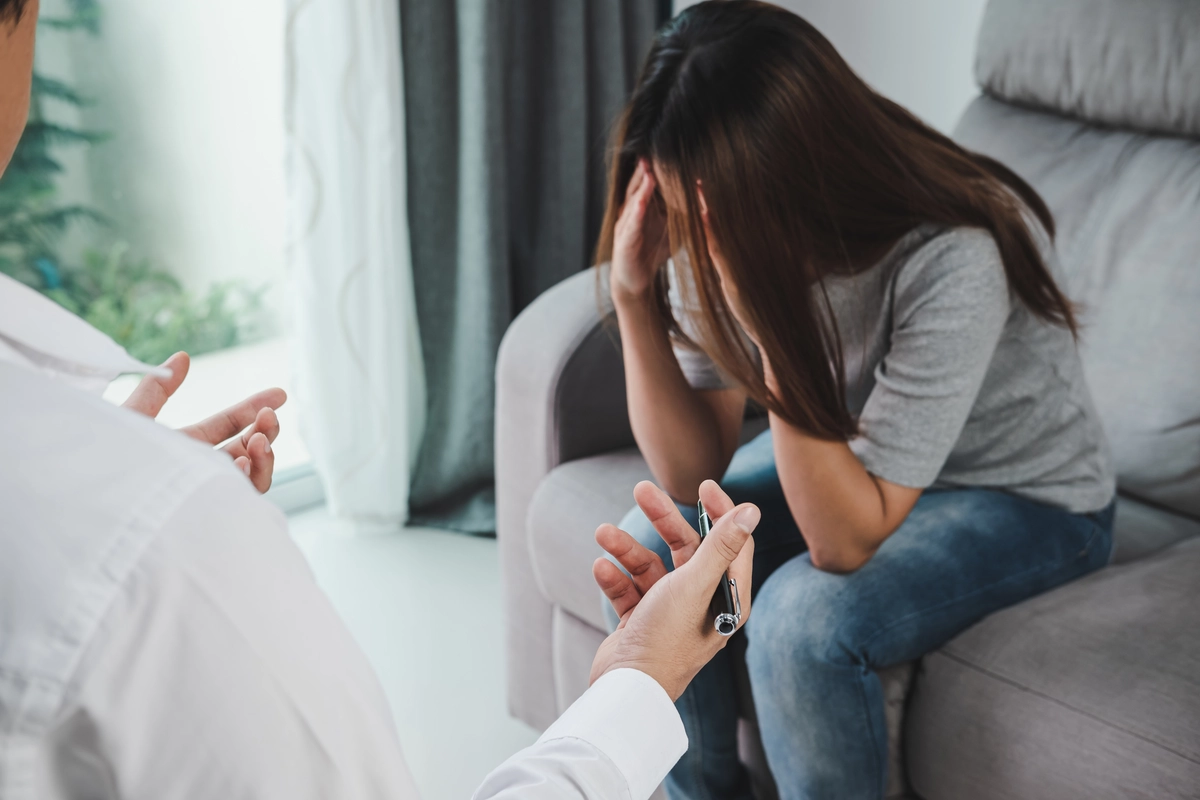
Syracuse VA Medical Center – Behavioral Health Outpatient Clinic
Syracuse VA Medical Center - Behavioral Health Outpatient Clinic provides care and support for Behav...

The Prevention Council of Putnam
The Prevention Council of Putnam is a non-profit rehab located in Carmel, New York. The Prevention C...
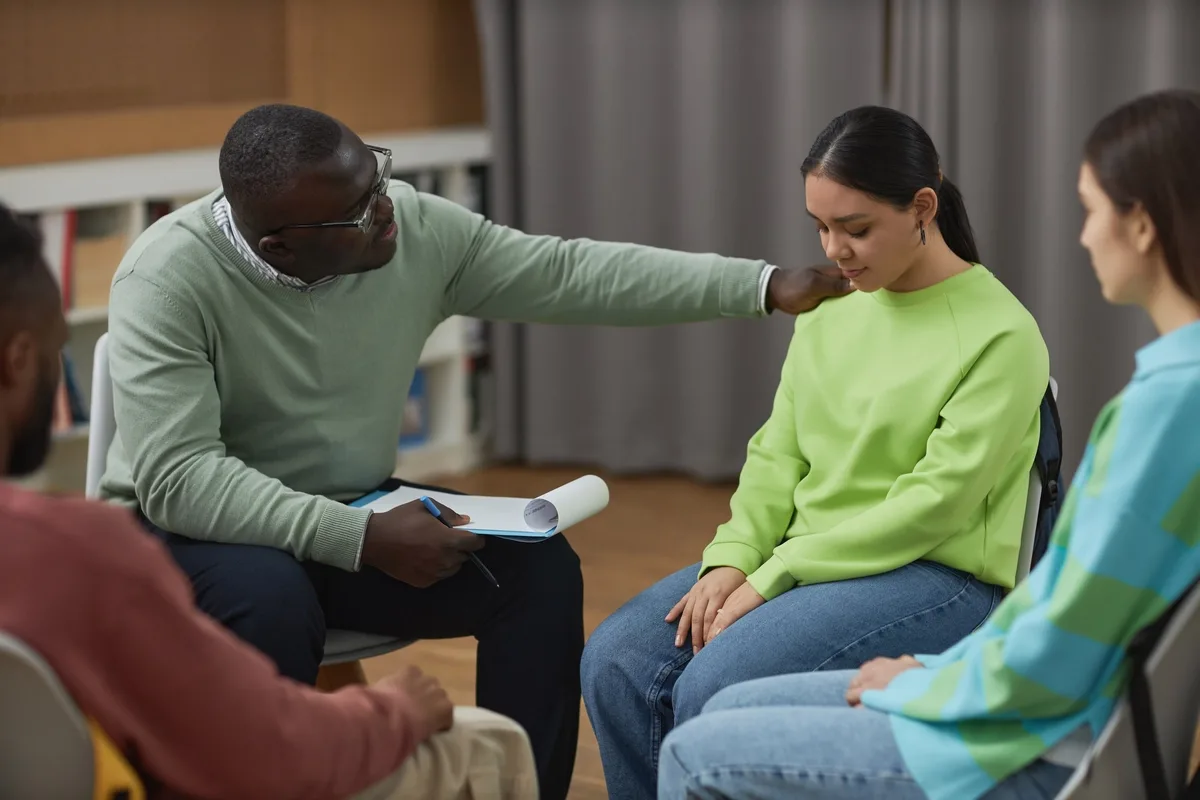
Youth Advocate Programs – Topkins County
Youth Advocate Programs is a counseling clinic located in Ithaka, NY. Youth Advocate Programs specia...

Conifer Park
Conifer Park, located in Glenville, NY, is a drug and alcohol rehab center home to inpatient addicti...

Lower Eastside Service Center – Outpatient Maintenance Program
Lower Eastside Service Center - Outpatient Maintenance Program is a non-profit organization located ...
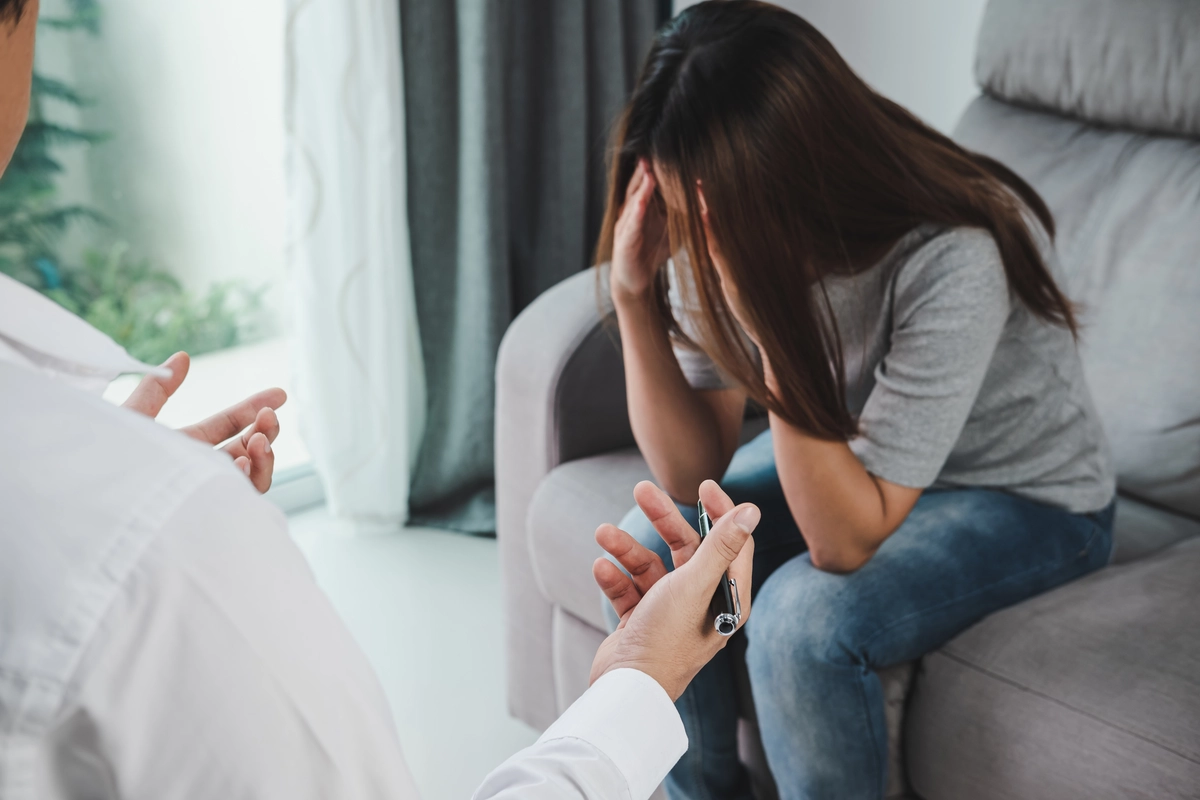
Kindbridge
Kindbridge offers a wide range of teletherapy treatments available for the clinical needs of childre...

FMRS Health Systems
FMRS Health Systems is a private rehab located in Rochester, New York. FMRS Health Systems specializ...

Rescue Mission of Utica
Rescue Mission of Utica is a non-profit organization located in Utica, NY. The Rescue Mission serves...

Hour Children
Hour Children is a traditional rehab facility located in Long Island City, NY. Hour Children special...

Mount Sinai – Comprehensive Addiction Program for Adolescents
Mount Sinai – Comprehensive Addiction Program for Adolescents is a private rehab located in New York...

Mountainside Addiction Treatment Center
Mountainside Addiction Treatment Center is a private rehab located in Chappaqua, New York. Mountains...

Center For Solutions
Center For Solutions is a private rehab located in Schenectady, New York. Center For Solutions speci...

Hillcrest Recovery
Hillcrest Recovery is a public rehab located in New York City, New York. Hillcrest Recovery speciali...

Christophers Reason OP
Christophers Reason OP is a non-profit rehab located in Staten Island, New York. Christophers Reason...

Outreach Development Corporation
Outreach Development Corporation is a non-profit rehab located in Brentwood, New York. Outreach Deve...

New York City Childrens Center – Behavioral Health
New York City Childrens Center – Behavioral Health is a public rehab located in Brooklyn, New York. ...

Orange Regional Counseling – Outpatient
Orange Regional Counseling – Outpatient is a private rehab located in Middletown, New York. Orange R...

Revive Interventions
Revive Interventions is located in Long Island, New York. Revive Interventions provides support and ...

Pederson Krag Outpatient
Pederson Krag Outpatient, in Smithtown, New York, is a drug and alcohol rehab for adolescents and ad...

ARISE Child and Family Services
ARISE Child and Family Services is a private rehab located in Syracuse, New York. ARISE Child and Fa...

Acacia Network – Amanecer Recovery Center
Acacia Network – Amanecer Recovery Center is a non-profit rehab located in Bronx, New York. Acacia N...

Northpointe Council – Prevention and Education Program
Northpointe Council - Prevention and Education Program is located in Niagara Falls, New York. Northp...

Mercy Medical Center – Family Counseling
Mercy Medical Center – Family Counseling is a private rehab located in Garden City, New York. Mercy ...

Acacia Network – El Regreso Women’s
Acacia Network - El Regreso Women's is a residential facility that provides treatment for substance ...

New Choices Recovery Center
New Choices Recovery Center sponsors a comprehensive array of programs and services to individuals i...

Care Counseling Center
Care Counseling Center is a private rehab located in New York, NY. Care Counseling Center specialize...

820 Supportive Living
820 Supportive Living is a non-profit rehab located in Troy, NY. 820 Supportive Living specializes i...

Family Services League – Chemical Dependency Outpatient
Family Services League – Chemical Dependency Outpatient is a private rehab located in Riverhead, New...

Owl’s Nest Recovery Community
The Owl’s Nest is a privately owned outpatient substance abuse treatment center with associated hous...

Base Camp Treatment Center
Base Camp Treatment Center is a non-profit organization established in 2021 with the goal of making ...

Mountainside Treatment Center – Chappaqua
Mountainside Treatment Center – Chappaqua is a private rehab located in Chappaqua, New York. Mountai...

The Bridge – Outpatient
The Bridge - Outpatient is an outpatient treatment center that provides mental health treatment for ...

Huther Doyle
Huther Doyle is a non- profit rehab located in Rochester, NY. Huther Doyle specializes in the treatm...

SPARC – St. Peter’s Addiction Recovery Center
St. Peter’s Addiction Recovery Center (SPAC) is a comprehensive behavioral health treatment center s...

Renwick Recovery
Renwick Recovery is a private rehab located in Newburgh, New York. Renwick Recovery specializes in t...

Albany County Department of Mental Health
Albany County Department of Mental Health is a public rehab located in Albany, New York. Albany Coun...

Salvation Army
Salvation Army is a non-profit rehab located in Elmira, New York. Salvation Army specializes in the ...

Deslongchamps Recovery
Deslongchamps Recovery is a rehab facility located in Montreal, Quebec Canada, . We specializes in t...

Mountainside Treatment Center – Huntington
Mountainside Treatment Center – Huntington is a public rehab located in Huntington, New York. Mounta...

Horizons Counseling & Education Center
Horizons Counseling & Education is a public rehab located in Smithtown, NY. Horizons Counseling & Ed...

Cayuga Addiction Recovery Services
Cayuga Addiction Recovery Services is a private rehab located in Trumansburg, New York. Cayuga Addic...

Solice Recovery
Solice Recovery is a rehab facility located in Spain. Solice Recovery specializes in the treatment o...
Beacon Center – The Albert O. Nichols Supportive Living House
Beacon Center - The Albert O. Nichols Supportive Living House offers inpatient treatment for women w...
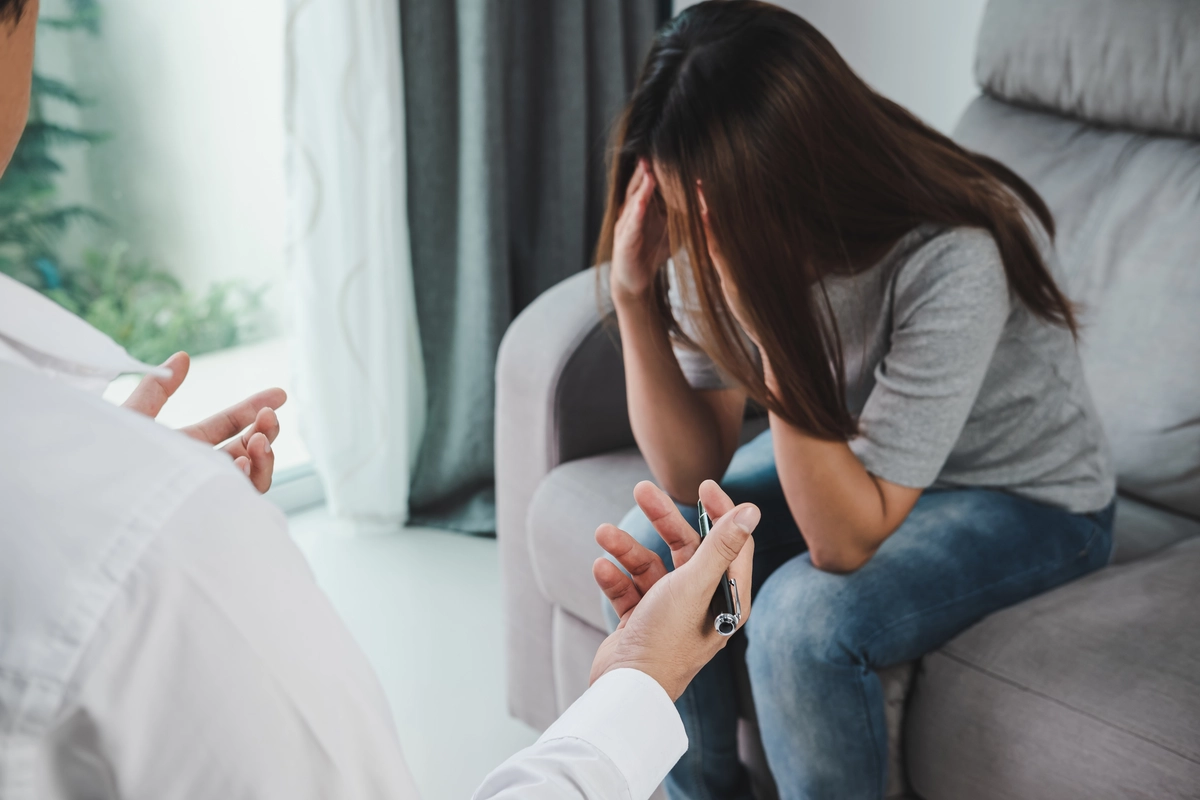
Elmcor Youth and Adult
Elmcor Youth and Adult is a private rehab located in Corona, NY. Elmcor Youth and Adult specialize i...

Safe Horizon – Safe Horizon Counseling Center
Safe Horizon – Safe Horizon Counseling Center is a private rehab located in Brooklyn, New York. Safe...

New Alternatives for Children – Mental Health
New Alternatives for Children – Mental Health is a private rehab located in New York City, New York....
St. Joseph’s Addiction Treatment & Recovery Centers
St. Joseph's Addiction Treatment & Recovery Centers offers outpatient treatment for individuals with...

LaFayette Medical Approach – Outpatient
LaFayette Medical Approach – Outpatient is a private rehab located in New York City, New York. LaFay...
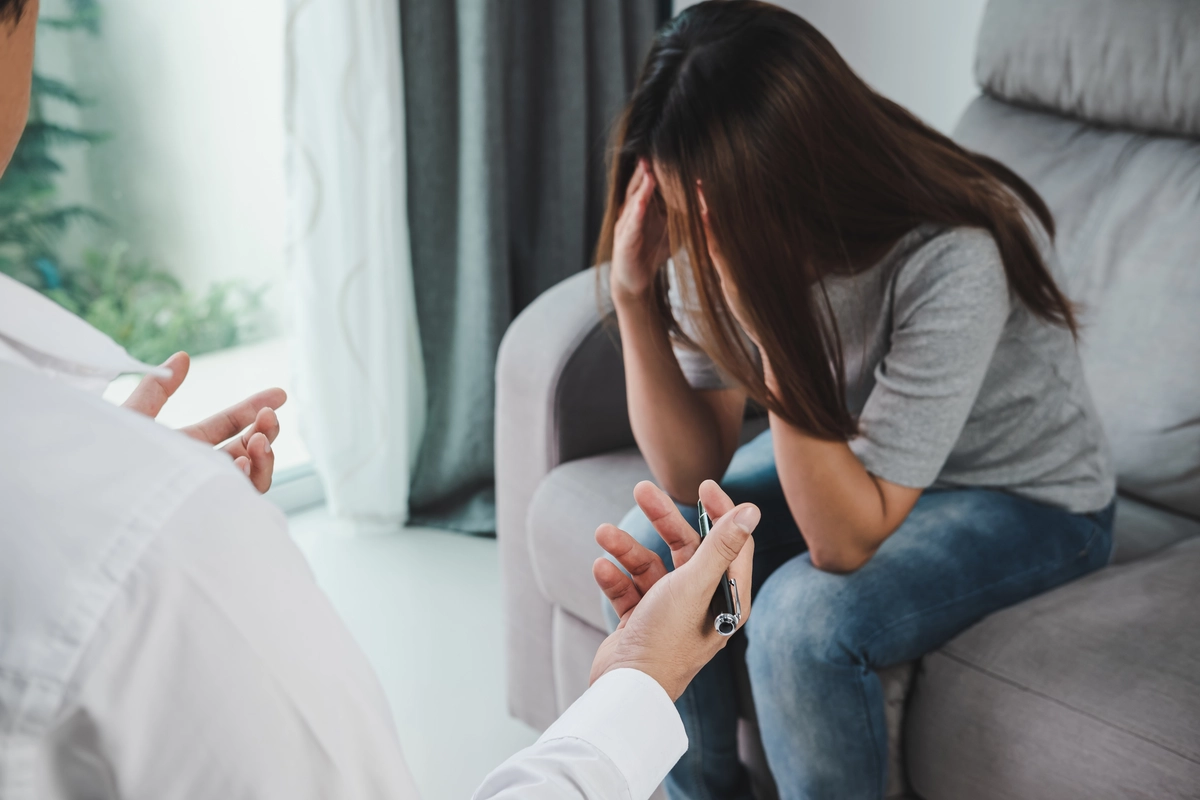
SAFE Foundation Outpatient
SAFE Foundation Outpatient is a private rehab located in Brooklyn, New York. SAFE Foundation Outpati...

Gateway Community Industries
Gateway Community Industries is a private rehab located in Kingston, New York. Gateway Community Ind...

Lebanon Hospital Center – Adult Outpatient
The NYC Health Hospitals Gotham Health Belvis facility is a comprehensive behavioral health treatmen...

Boulevard Recovery Center
Boulevard Recovery Center is a private rehab located in Tonawanda, New York. Boulevard Recovery Cent...

Hamburg Counseling Service
Hamburg Counseling Service is a private rehab located in Hamburg, New York. Hamburg Counseling Servi...

Park Slope Center for Mental Health
Park Slope Center for Mental Health is a private rehab located in Brooklyn, New York. Park Slope Cen...

Interborough Counseling Center – Crown Heights
The Crown Heights Interborough Counseling Center is a behavioral health treatment facility in Brookl...

Syracuse Recovery Services
Syracuse Recovery Services is an outpatient substance abuse service for individuals seeking for reco...

Rockland Childrens Psychiatric Center – Day Treatment
Rockland Childrens Psychiatric Center – Day Treatment is a public rehab located in Saugerties, New Y...

St. Joseph’s Addiction Treatment & Recovery Centers
St. Joseph's Addiction Treatment and Recovery Centers - Front Street offers outpatient treatment for...

Syracuse Recovery Services
Syracuse Recovery Services is a traditional private rehab center located in Cortland, New York. Syra...
Beacon Center
Beacon Center is a substance abuse rehab center located in Amherst, NY. It provides care to adolesce...

Never Alone
Never Alone is a private rehab located in Hurley, New York. Never Alone specializes in the treatment...

East Amherst Family Recovery Center
East Amherst Family Recovery Center is a private rehab located in East Amherst, New York. East Amher...

Family and Childrens Service of Ithaca
Family and Childrens Service of Ithaca is a private service agency of rehab located in Ithaca, NY. F...

Horizon Village Terrace House
Since 1975 Horizon Village Terrace House has been a nonprofit rehab situated in Buffalo, New York, t...

Childrens Aid Society
Childrens Aid Society is a private rehab located in New York City, New York. Childrens Aid Society s...

Saratoga Hospital – Mental Health Unit
Saratoga Hospital – Mental Health Unit is a private rehab located in Saratoga Springs, New York. Sar...

Friends of Bridge – Outpatient
Friends of Bridge – Outpatient is a private rehab located in Valley Stream, New York. Friends of Bri...

Columbia County Department of Human Services
Columbia County Department of Human Services is a public rehab located in Hudson, New York. Columbia...

Rochester Rehabilitation Center – Mental Health Center
Rochester Rehabilitation Center – Mental Health Center is a private rehab located in Rochester, New ...
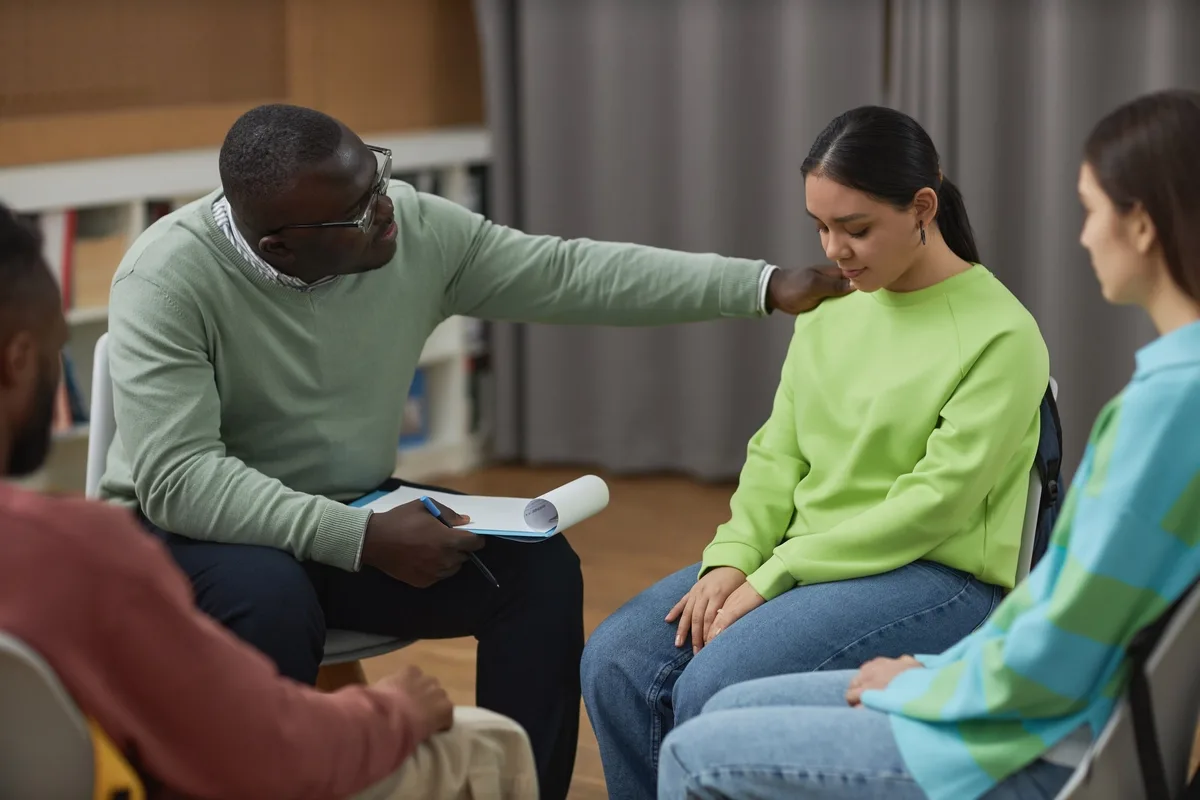
Finger Lakes Addictions Counseling & Recovery Agency – FLACRA
Finger Lakes Addictions Counseling & Recovery Agency (FLACRA), in Canandaigua, New York, provides co...

Eastern Long Island Hospital – Detox
Eastern Long Island Hospital – Detox is an alcohol and drug rehab located in Greenport, New York. Th...

Rochester Regional Health – Chemical Dependency
Rochester Regional Health – Chemical Dependency is a private rehab located in Rochester, New York. R...
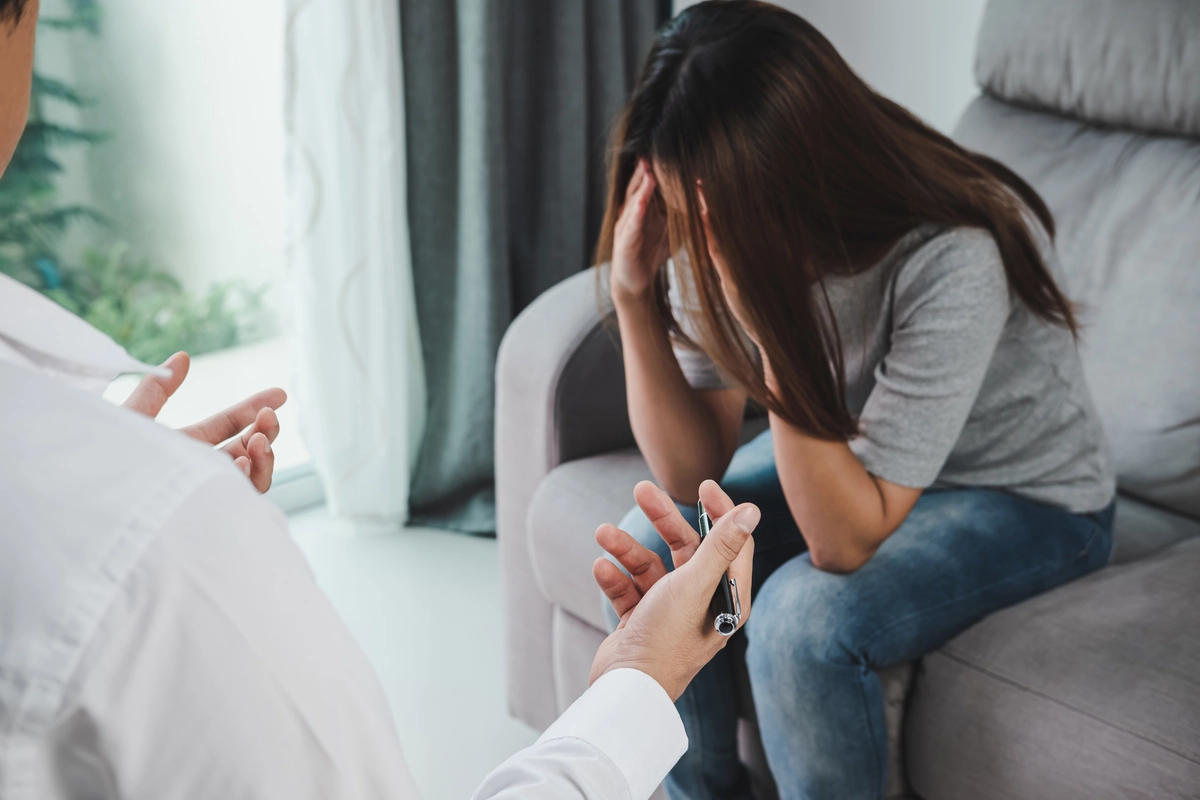
Puerto Rican Family Institute
Puerto Rican Family Institute is a private rehab located in New York City, New York. Puerto Rican Fa...

BGR Services Chemical Dependency Outpatient – The PAC Program
BGR Services Chemical Dependency Outpatient – The PAC Program is a private rehab located in Brooklyn...

Mental Health Association of Nassau County
Mental Health Association of Nassau County is a private rehab located in Hempstead, New York. Mental...
Beacon Center
Beacon Center - Third Street offers outpatient treatment for individuals with alcohol and/or substan...

Finger Lakes Area Counseling and Recovery Agency
Finger Lakes Area Counseling and Recovery Agency is a private, non-profit agency serving individuals...

Concourse Medical Center – Methadone Treatment
Concourse Medical Center in Bronx, NY is an opioid addiction treatment rehab for adults. Their commi...

Long Island Interventions
Long Island Interventions (LSI) is a substance abuse treatment center in Westbury, NY. Utilizing a v...

Elev8 Center New York
The Elev8 Center New York, NY facility is a dual-diagnosis addiction treatment rehab for adults. It ...

Realization Center
Revitalization Center is a private drug and alcohol addiction recovery facility in the heart of Broo...

NYC Addiction Resources Manhattan
NYC Addiction Resources Manhattan is a reputable drug and alcohol addiction rehab center in New York...

Monte Nido
Monte Nido is a day treatment and step down intensive outpatient program located on the upper west s...

Jewish Family Services – Pride of Judea Counseling
Jewish Family Services – Pride of Judea Counseling is a private rehab located in Queens, New York. J...

Lexington Center for Recovery
Lexington Center for Recovery–New Rochelle is a drug and alcohol rehab for adolescents and adults in...

Counseling Services – Outpatient
Counseling Services - Outpatient is a private rehab located in Bronx, NY. Counseling Services - Outp...

New York Psychotherapy Counseling – Surf Manor
New York Psychotherapy Counseling – Surf Manor is a private rehab located in Brooklyn, New York. New...

Mind Evolution
Mind Evolution is a private rehab located in Rochester, New York. Mind Evolution specializes in the ...

Jewish Family Services – Madeleine Borg
Jewish Family Services – Madeleine Borg is a private rehab located in Staten Island, New York. Jewis...

Interborough Counseling Center – Williamsburg
Interborough Counseling Center – Williamsburg is a private rehab located in Brooklyn, New York. Inte...

Putnam Family Services – Personalized Recovery Oriented Services
Putnam Family Services – Personalized Recovery Oriented Services is a private rehab located in Carme...

Orleans County Mental Health
Orleans County Mental Health - 14014 State Highway offers outpatient services for individuals with m...

Fairview Recovery Services
Fairview Recovery Services is a private nonprofit substance use disorder provider offering crisis an...

GCASA
Our treatment services are broad and encompassing. We are licensed by NYS Office of Addiction Servic...

Delaware Country Alcohol and Drug Abuse Services
Delaware Country Alcohol and Drug Abuse Services offers outpatient treatment for individuals with al...

Family Services of Chemung County
Family Services of Chemung County is a private rehab located in Elmira, New York. Family Services of...

Sancia Recovery – Outpatient
Sancia Recovery – Outpatient is a private rehab located in Yonkers, New York. Sancia Recovery – Outp...

Capital District Psychiatric
Capital District Psychiatric is a public rehab located in Albany, New York. Capital District Psychia...

Saint Lawrence Psychiatric Center – Wellness Center
Saint Lawrence Psychiatric Center – Wellness Center is a public rehab located in Massena, New York. ...

Cazenovia Recovery Systems – New Beginnings
Cazenovia Recovery Systems – New Beginnings is a non-profit rehab located in Buffalo, New York. Caze...

Al Anon Family Intergroup
Al Anon Family Intergroup is a drug and alcohol rehab and support group in New York, New York. They ...

AA – Alcoholics Anonymous
AA – Alcoholics Anonymous is a non-profit rehab located in Syracuse, New York. AA – Alcoholics Anony...

Saint Jude Retreat
Saint Jude Retreat is located in upstate New York. Saint Jude Retreat is a private, luxury residenti...

AA – Alcoholics Anonymous
AA – Alcoholics Anonymous is a non-profit rehab located in West Hempstead, New York. AA – Alcoholics...

AA – Alcoholics Anonymous
AA – Alcoholics Anonymous is a non-profit rehab located in Spring Valley, New York. AA – Alcoholics ...

Phoenix House – Brooklyn Community Recovery Center
Phoenix House - Brooklyn Community Recovery Center is located in Brooklyn, NY. The Brooklyn Communit...

MARC – Chemical Dependency Crisis Center
The MARC Chemical Dependency Crisis Center is a co-ed drug and alcohol rehabilitation facility centr...

820 River Street – Altamont House
820 River Street – Altamont House is a private rehab located in Altamont, New York. 820 River Street...

The Second Wind
The Second Wind is a private counseling clinic located in New York, New York. The Second Wind provid...

Alcohol Abuse Advisory and Consultation Center
Alcohol Abuse Advisory and Consultation Center is a private rehab located in White Plains, New York....

Al Anon and Al Ateen
Al Anon and Al Ateen is a non-profit rehab located in Goshen, New York. Al Anon and Al Ateen special...

Association For Drug Abuse Prevention and Treatment
Association For Drug Abuse Prevention and Treatment is a private rehab located in Brooklyn, New York...

Damon House – Bushwick Residence
Damon House – Bushwick Residence is a private rehab located in Brooklyn, New York. Damon House – Bus...

Institute for Rational Counseling
Institute for Rational Counseling is a private rehab located in Bohemia, NY. Institute for Rational ...

Union Settlement Association – Counseling Center
Union Settlement Association – Counseling Center is a private rehab located in New York City, New Yo...

Seaway Valley Prevention Council
Seaway Valley Prevention Council is a private rehab located in Ogdensburg, New York. Seaway Valley P...

Child and Adolescent Treatment Services
Child and Adolescent Treatment Services is a private rehab located in Buffalo, New York. Child and A...

National Council on Alcoholism and Drug Dependence
National Council on Alcoholism and Drug Dependence (NCADD) is a non-profit rehab located in New York...

Bronx Community Recovery Center
Bronx Community Recovery Center is a private rehab located in Bronx, NY. Bronx Community Recovery Ce...

Rockland Children’s Psychiatric Center – Riverdale Avenue
Rockland Children's Psychiatric Center - Riverdale Avenue offers outpatient and inpatient psychiatri...

North Shore Behavioral Health
North Shore Behavioral Health is a public rehab located in Mineola, New York. North Shore Behavioral...

Saint Lawrence Psychiatric Center – Wellness Center
Saint Lawrence Psychiatric Center – Wellness Center is a public rehab located in Gouverneur, New Yor...

Family Service League – The Freedom Project
Family Service League – The Freedom Project is a private rehab located in Riverhead, New York. Famil...

Allegany Rehabilitation Associates
Allegany Rehabilitation Associates is a private rehab located in Warsaw, New York. Allegany Rehabili...

One Woman at a Time Outreach
One Woman at a Time Outreach is a private rehab located in Watertown, New York. One Woman at a Time ...

Outreach – Outpatient Services
Outreach - Outpatient Services is a non-profit organization offering an outpatient treatment program...

Restorative Management Corporation
Restorative Management Corporation is a private rehab located in Port Jervis, New York. Restorative ...

Addiction Care Interventions Inpatient Rehabilitation Program
Emerald Neuro-Recover is a CARF-accredited drug and alcohol addiction treatment center located in Ca...

Sanctuary East Ltd – Outpatient Drug Abuse Clinic
Sanctuary East Ltd – Outpatient Drug Abuse Clinic is a private rehab located in East Islip, New York...

Charles K. Post Addiction Treatment Center
Charles K. Post Addiction Treatment Center is a state-operated intensive inpatient treatment program...

New York Therapeutic – Serendipity II (For Women)
New York Therapeutic – Serendipity II (For Women) is a non-profit rehab located in Brooklyn, New Yor...

Phoenix House – Outpatient Services
Phoenix House – Outpatient Services is a private rehab located in East Hampton, New York. Phoenix Ho...

Shalom Jewish Recovery Institute
Shalom Jewish Recovery Institute is a private rehab located in New York, NY. Shalom Jewish Recovery ...

Psychological Services Center – Albany
Psychological Services Center – Albany is a public rehab located in Albany, New York. Psychological ...

ANDRUS – Mental Health Division
ANDRUS – Mental Health Division is a private rehab located in Peekskill, New York. ANDRUS – Mental H...

Community Counseling and Mediation – Family Center
Community Counseling and Mediation – Family Center is a private rehab located in Brooklyn, New York....

AA – Alcoholics Anonymous
AA – Alcoholics Anonymous is a non-profit rehab located in Patchogue, New York. AA – Alcoholics Anon...

Community Mental Hygiene Services
Community Mental Hygiene Services - Veterans Memorial Highway offers outpatient services for individ...

Beth Israel’s Methadone Maintenance Treatment Program – Clinic 1E
Beth Israel's Methadone Maintenance Treatment Program - Clinic 1E is located in New York, New York. ...
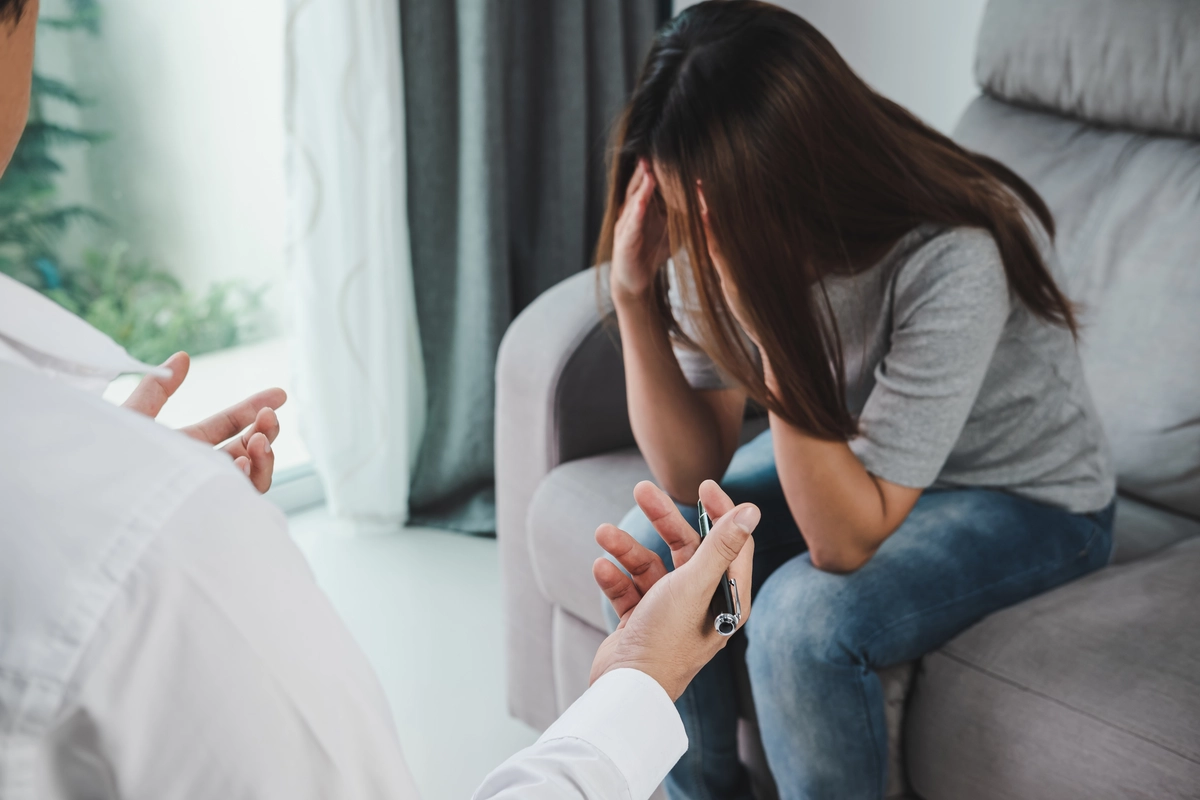
North Star Behavioral Health
North Star Behavioral Health is a private rehab located in Malone, New York. North Star Behavioral H...

Mohawk Valley Psychiatric Center – Inpatient
Mohawk Valley Psychiatric Center – Inpatient is a public rehab located in Utica, New York. Mohawk Va...

Damon House
Damon House is a private rehab located in Brooklyn, New York. Damon House specializes in the treatme...

Central Harlem Sobering Up Station
Central Harlem Sobering Up Station is a private rehab located in New York City, New York. Central Ha...

Pine Street Counseling
Pine Street Counseling is a private rehab located in Kingston, New York. Pine Street Counseling spec...

Miller Broadway Recovery and Treatment
Miller Broadway Recovery and Treatment is a public rehab located in Buffalo, New York. Miller Broadw...

Washington Heights Community Services
Washington Heights Community Services is a public rehab located in New York City, New York. Washingt...

Alcoholism and Drug Abuse Council of Orange County
Alcoholism and Drug Abuse Council of Orange County is a private rehab located in Goshen, New York. A...

AA – Alcoholics Anonymous – Suffolk Intergroup
AA – Alcoholics Anonymous – Suffolk Intergroup is a non-profit rehab located in Patchogue, New York....

Turning Point
Turning Point is a non-profit rehab located in Brooklyn, New York. Turning Point specializes in the ...

AA – Alcoholics Anonymous
AA – Alcoholics Anonymous is a non-profit rehab located in Buffalo, New York. AA – Alcoholics Anonym...

Cattaraugus Rehabilitation Center – Community Residence
Cattaraugus Rehabilitation Center – Community Residence is a private rehab located in Olean, New Yor...

The Kenneth Peters Center for Recovery
The Kenneth Peters Centers For Recovery are modern, innovative centers for information, education, a...

AA – Alcoholics Anonymous – Capital District
AA – Alcoholics Anonymous – Capital District is a non-profit rehab located in Albany, New York. AA –...

Brooklyn Community Services – Metro Club
Brooklyn Community Services – Metro Club is a private rehab located in Brooklyn, New York. Brooklyn ...

Senior Hope Counseling
Senior Hope Counseling is a non-profit rehab located in Albany, NY. Senior Hope Counseling specializ...

Harbor Lights Chemical Dependency Service
Harbor Lights Chemical Dependency Service offers outpatient chemical depedency services and is an OA...

Beth Israel’s Methadone Maintenance Treatment Program – Clinics 1 and 3
Beth Israel's Methadone Maintenance Treatment Program - Clinics 1 and 3 are located in New York, New...

Samaritan Daytop Village – Halperin Avenue
Samaritan Daytop Village - Halperin Avenue offers outpatient services for individuals with substance...

Counseling and Psychiatric Services – Gateways
Counseling and Psychiatric Services – Gateways is a private rehab located in Dunkirk, New York. Coun...

Willard Drug Treatment Campus
Willard Drug Treatment Campus is a private rehab located in Willard, New York. Willard Drug Treatmen...

Valatie Behavioral Health Center
Valatie Behavioral Health Center is a public rehab located in Valatie, New York. Valatie Behavioral ...

AlAnon
AlAnon is a non-profit rehab located in Binghamton, New York. AlAnon specializes in the treatment of...

Brooklyn Sober Living
Brooklyn Sober Living is a private rehab located in Brooklyn, NY. Brooklyn Sober Living specializes ...

Council on Alcoholism and Addictions of Finger Lakes
Council on Alcoholism and Addictions of Finger Lakes is an outpatient facility that offers services ...

Park Slope Center for Family Mental Health
Park Slope Center for Family Mental Health is a private rehab located in Brooklyn, New York. Park Sl...

St. George’s House – A Clean and Sober Community
St. George’s House – A Clean and Sober Community is a private rehab located in Staten Island, New Yo...

Johnson Park Center
Johnson Park Center is a non-profit rehab located in Utica, New York. Johnson Park Center specialize...

Alcoholism and Drug Dependency
Alcoholism and Drug Dependency is a private rehab located in Buffalo, New York. Alcoholism and Drug ...

Hunts Point Crisis Center
Hunts Point Crisis Center is a private rehab located in Bronx, New York. Hunts Point Crisis Center s...

AA – Alcoholics Anonymous
AA – Alcoholics Anonymous is a non-profit rehab located in Ithaca, New York. AA – Alcoholics Anonymo...

AA – Alcoholics Anonymous – Reflections
Alcoholics Anonymous (AA) - Reflections is located in Brooklyn, New York. Alcoholics Anonymous (AA) ...

Zoar Valley Recovery and Treatment Center
Zoar Valley Recovery and Treatment Center is a public rehab located in Collins, New York. Zoar Valle...

Emotional Health Counseling
Emotional Health Counseling is a private rehab located in New York City, New York. Emotional Health ...

Jewish Family Services – Harry Blumenfeld Counseling
Jewish Family Services – Harry Blumenfeld Counseling is a private rehab located in Bronx, New York. ...

AA – Alcoholics Anonymous – New York Intergroup
Alcoholics Anonymous (AA) - New York Inter-Group is located in New York, New York. Alcoholics Anonym...

Harry Stack Sullivan Mental Health Clinic
Harry Stack Sullivan Mental Health Clinic is a public rehab located in Norwich, New York. Harry Stac...

Credo Community Center – Patricia Pond Hinkley Women’s Residence
Credo Community Center - Patricia Pond Hinkley Women's Residence is located in Watertown, New York. ...

Counseling Outpatient and Drug Abuse Clinic
Counseling Outpatient and Drug Abuse Clinic is a private rehab located in New York City, New York. C...

Odyssey House – Lafayette Program
Odyssey House - Lafayette Program is a traditional rehab located in Bronx, NY. Odyssey House - Lafay...

Main Amherst Rehab and Recovery
Main Amherst Rehab and Recovery is a private rehab located in Buffalo, New York. Main Amherst Rehab ...

Guidance Center – Outpatient
Guidance Center – Outpatient is a private rehab located in Mount Vernon, New York. Guidance Center –...

YMCA Family Services
YMCA Family Services is a private rehab located in Holtsville, New York. YMCA Family Services specia...

Central New York Services – Personalized Recovery
Central New York Services – Personalized Recovery is a private rehab located in Syracuse, New York. ...

South Beach Psychiatric Center – Neptune Avenue
South Beach Psychiatric Center - Neptune Avenue offers outpatient services for individuals with subs...

Women At The Well
Women At The Well is a private rehab located in Holbrook, New York. Women At The Well specializes in...

Conifer Park
Conifer Park provides a wide range of services through an individualized plan for each client. Conif...

Northwest Community Mental Health Center
Northwest Community Mental Health Center is a non-profit rehab located in Buffalo, New York. Northwe...

Five Towns Community Counseling Services
Five Towns Community Counseling Services is dedicated to provide medically supervised outpatient ser...

Roosevelt Educational Alcoholism Counseling Treatment – Outpatient
Roosevelt Educational Alcoholism Counseling Treatment – Outpatient is a private rehab located in Roo...

Roosevelt Educational Alcoholism Counseling Treatment
Roosevelt Educational Alcoholism Counseling Treatment Center (REACT Center) is a non-profit rehab lo...

Pilgrim Psychiatric Center
Pilgrim Psychiatric Center, located in Medford, New York, offers psychiatric care to individuals wit...

Realization Center
Realization Center is a privately owned and operated drug and alcohol rehab located in New York, New...

HANAC 822 – Chemical Dependency Program
HANAC 822 – Chemical Dependency Program is a private rehab located in Astoria, New York. HANAC 822 –...

Asian Community Alcohol Counseling – Asian American Mental Health
Asian Community Alcohol Counseling - Asian American Mental Health is a counseling clinic located in ...

St. Christopher’s Inn
St. Christopher's Inn is a Christ centered alcohol and drug addiction treatment center, in Columbia,...

Payne Whitney Psychiatric Clinic – 61st Street
Payne Whitney Psychiatric Clinic–61st Street provides mental and behavioral health care services for...

Kings County Hospital Outpatient
Kings County Hospital Outpatient is a public rehab located in Brooklyn, New York. Kings County Hospi...

Child and Family Services – Cheektowaga Office
Child and Family Services - Cheektowaga Office is located in Buffalo, New York. Child and Family Ser...

Roberto Clemento Family Guidance Center
Roberto Clemento Family Guidance Center is a public rehab located in New York City, New York. Robert...

SBH Behavioral Health – Grand Concourse
SBH Behavioral Health - Grand Concourse offers outpatient services for individuals with mental healt...

Saint Francis Hospital – Inpatient Rehab
Saint Francis Hospital – Inpatient Rehab is a private rehab located in Beacon, New York. Saint Franc...

AMS – Family Services of Chemung / Eastside Family Medicine
The purpose of Family Services is to assist individuals, families and the community in meeting the c...

Elmwood Counseling
Elmwood Counseling is a private rehab located in Buffalo, New York. Elmwood Counseling specializes i...

Community Care Alliance – Outpatient
Community Care Alliance – Outpatient is a private rehab located in New York City, New York. Communit...

Mount Sinai St. Luke’s Halfway House
Mount Sinai St. Luke’s Halfway House is a drug and alcohol rehab and sober living facility in New Yo...

Cazenovia Recovery Systems – Cazenovia Manor
Cazenovia Recovery Systems - Cazenovia Manor is a community residence program for men who are homele...

The Addictions Care Center of Albany – McCarty Avenue
The Addictions Care Center of Albany offers a Men's Residence and the Women and Children's Residence...

Emerald Counseling and Consulting Services
Emerald Counseling and Consulting Services is a private rehab located in Yonkers, New York. Emerald ...

Washington Heights Community Services – Inwood
Washington Heights Community Services – Inwood is a public rehab located in New York City, New York....

Emma L. Bowen Community Service Center – ABLE Halfway House
Emma L. Bowen Community Service Center - ABLE Halfway House provides a chemical-free and home-like e...

Alcoholism and Substance Abuse
Alcoholism and Substance Abuse is a private rehab located in Rochester, New York. Alcoholism and Sub...

AA – Alcoholics Anonymous
AA – Alcoholics Anonymous is a non-profit rehab located in Alfred, New York. AA – Alcoholics Anonymo...

Hunts Point for Chemical Dependency
Hunts Point for Chemical Dependency is a private rehab located in Bronx, New York. Hunts Point for C...
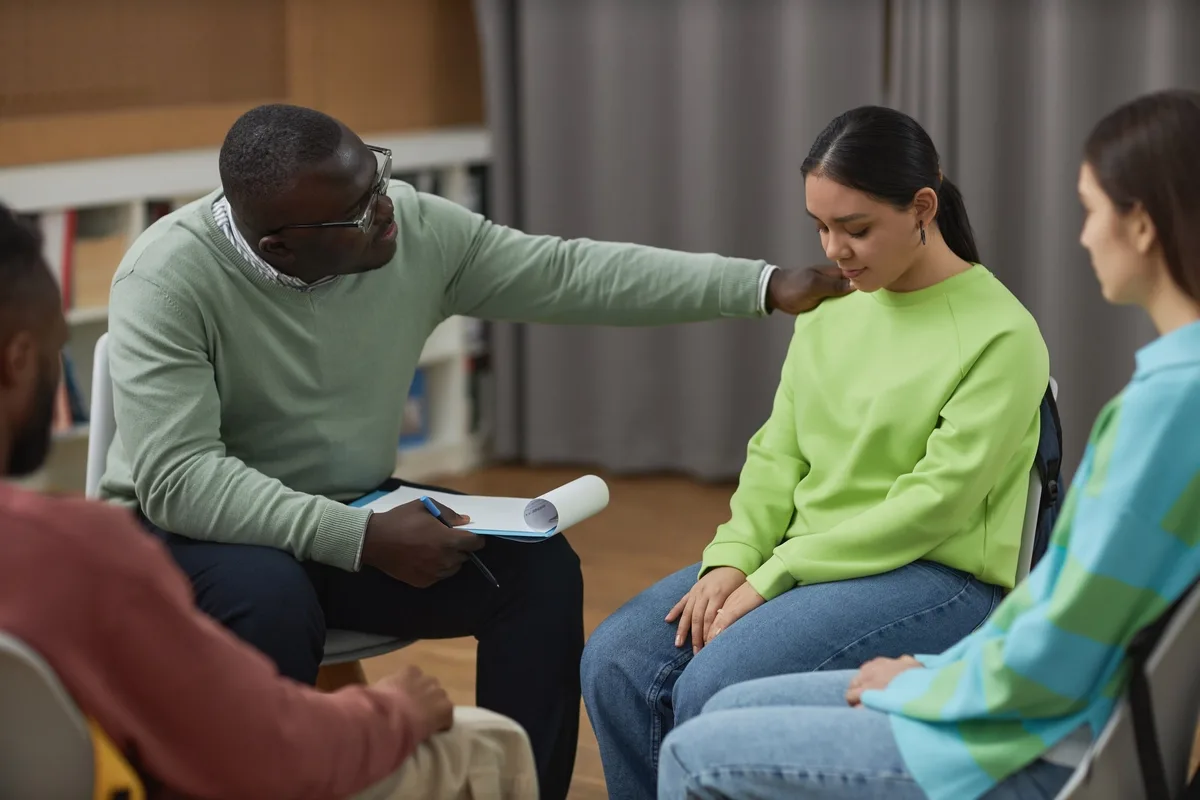
Poughkeepsie Center
Poughkeepsie Center is a private rehab located in Poughkeepsie, New York. Poughkeepsie Center specia...

South Bronx Mental Health Council – Alcoholism Outpatient
South Bronx Mental Health Council – Alcoholism Outpatient is a private rehab located in Bronx, New Y...

NY Making Choices Treatment Center – Outpatient
SCAN - Family Renewal Center is a Non-profit rehab located in Bronx, NY. SCAN - Family Renewal Cente...

Crossings Recovery Centers – Outpatient
Crossings Recovery Centers – Outpatient is a private rehab located in Port Jefferson Station, New Yo...

Drug and Alcohol Prevention
Drug and Alcohol Prevention is a private rehab located in Brooklyn, New York. Drug and Alcohol Preve...

Beth Israel’s Methadone Maintenance Treatment Program – VIncent P. Dole Clinic
Located in Brooklyn New York, Beth Israel's Methadone Maintenance Provides drug rehab services to me...

Alcoholism Council
Alcoholism Council is a private rehab located in North Tonawanda, New York. Alcoholism Council speci...

Steinway Child and Family Services
Steinway Child and Family Services is a private rehab located in Astoria, New York. Steinway Child a...

Cattaraugus Rehabilitation Center – Prospect Avenue Residence
Cattaraugus Rehabilitation Center – Prospect Avenue Residence is a non-profit rehab located in Olean...

Beth Israel’s Methadone Maintenance Treatment Program – West 13th Street
Beth Israel's Methadone Maintenance Treatment Program - West 13th Street is located in New York , Ne...

Mental Health Association of Columbia Greene Counties
Mental Health Association of Columbia Greene Counties is a private rehab located in Catskill, New Yo...

The Recovery Coach
The Recovery Coach is a private rehab located in New York City, New York. The Recovery Coach special...

New York Service Network
New York Service Network provides outpatient services for individuals with alcohol and/or substance ...

Westchester Community Opportunity Program – Addiction Recovery
Westchester Community Opportunity Program – Addiction Recovery is a private rehab located in White P...

Bridge – Murray Itzkowitz House
Bridge – Murray Itzkowitz House is a private rehab located in New York City, New York. Bridge – Murr...

CSEDNY – Counseling Service Of Eastern District New York
CSEDNY – Counseling Service Of Eastern District New York provides substance abuse treatment for yout...

Healing Connection
Healing Connection is a private rehab located in Fairport, New York. Healing Connection specializes ...

Lebanon Hospital Center – Outpatient
Lebanon Hospital Center – Outpatient is a public rehab located in Bronx, New York. Lebanon Hospital ...
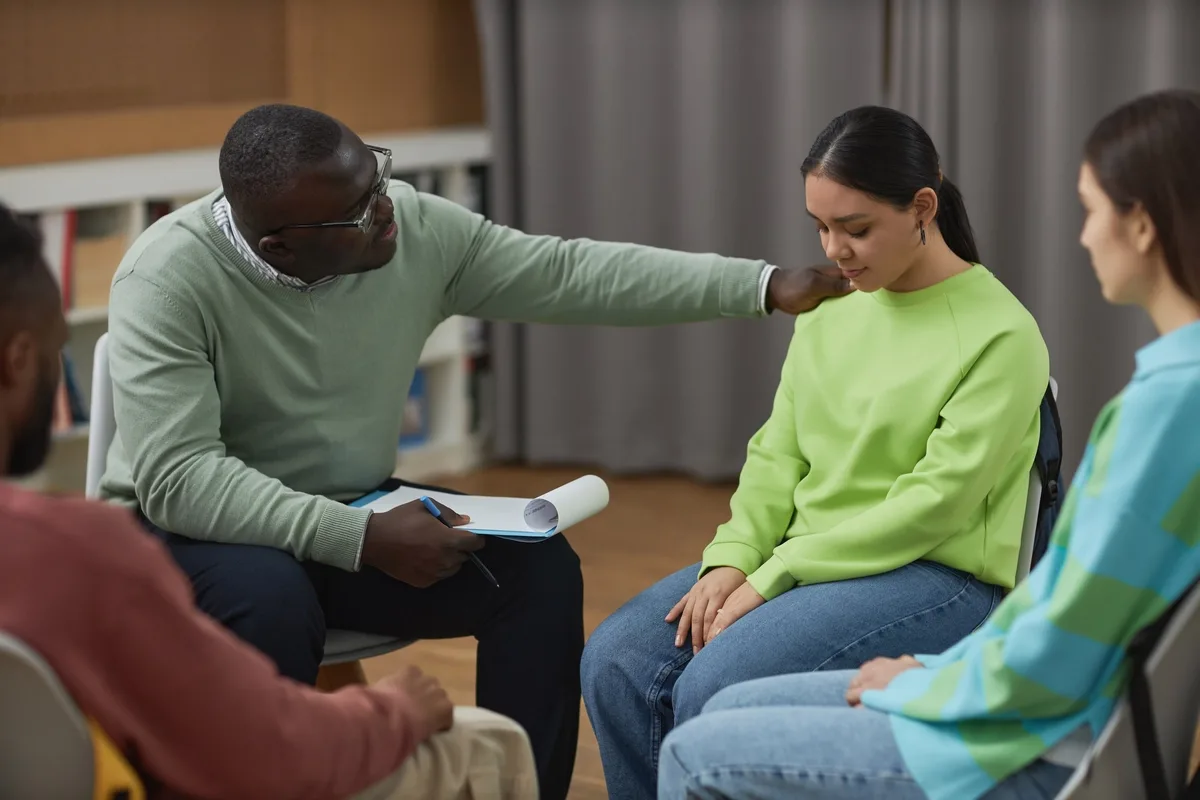
820 River Street – Halfway House
820 River Street - Halfway House is a non-profit rehab located in Troy, New York. 820 River Street -...

Saint Vincents Services – Outpatient Chemical Dependency
Saint Vincents Services – Outpatient Chemical Dependency is a private rehab located in Staten Island...

Rockland Children’s Psychiatric Center – Cross Hill Academy
Rockland Children's Psychiatric Center - Cross Hill Academy offers outpatient and inpatient psychiat...

AA – Alcoholics Anonymous
AA – Alcoholics Anonymous is a non-profit rehab located in Saratoga Springs, New York. AA – Alcoholi...

820 River Street – Chemical Dependency Halfway House
820 River Street – Chemical Dependency Halfway House is a private rehab located in Glens Falls, New ...

VIP Community Services – Opioid Treatment
VIP Community Services – Opioid Treatment is a private rehab located in Bronx, New York. VIP Communi...

All Care Rehabilitation
All Care Rehabilitation is a private rehab located in Jamaica, New York. All Care Rehabilitation spe...
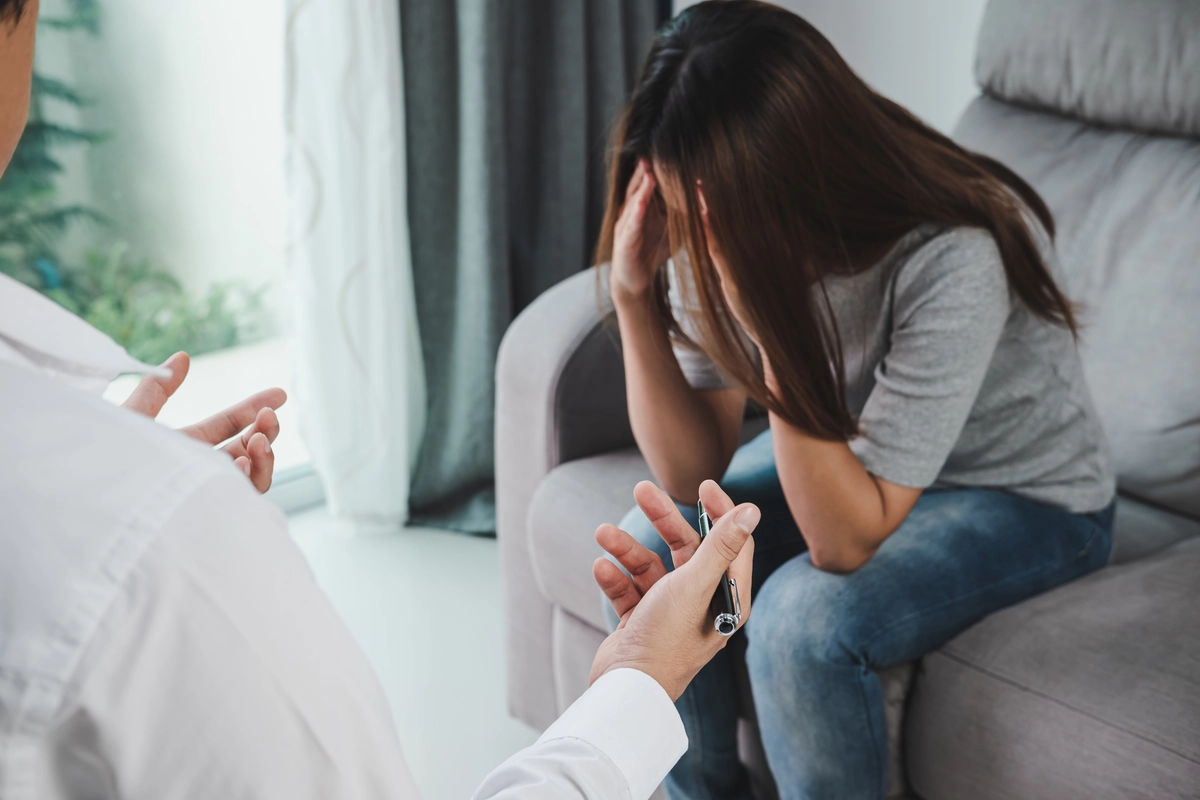
The Dunes Outpatient Program
The Dunes Outpatient Program is a private rehab located in East Hampton, New York. The Dunes Outpati...

CoveCare Center formerly PFCS Mental Health Clinic
CoveCare Center formerly PFCS Mental Health Clinic is a private rehab located in Carmel, New York. C...

Schuyler Mental Health Clinic
Schuyler Mental Health Clinic is a public rehab located in Odessa, New York. Schuyler Mental Health ...

Utica Supportive Living
Utica Supportive Living is a non-profit rehab located in Utica, NY. Utica Supportive Living speciali...